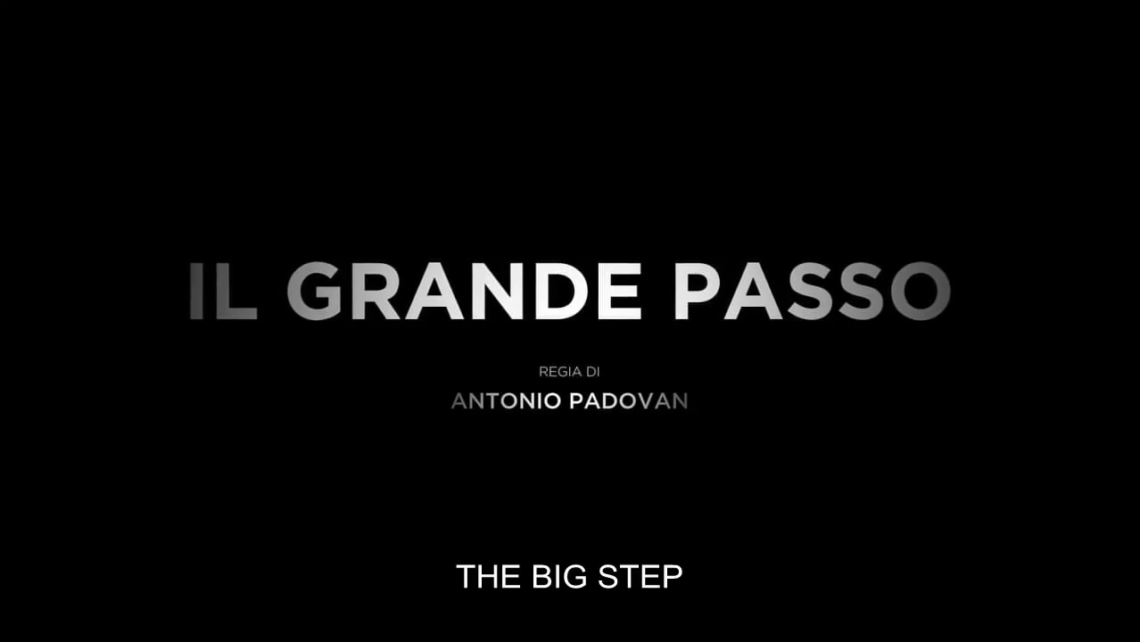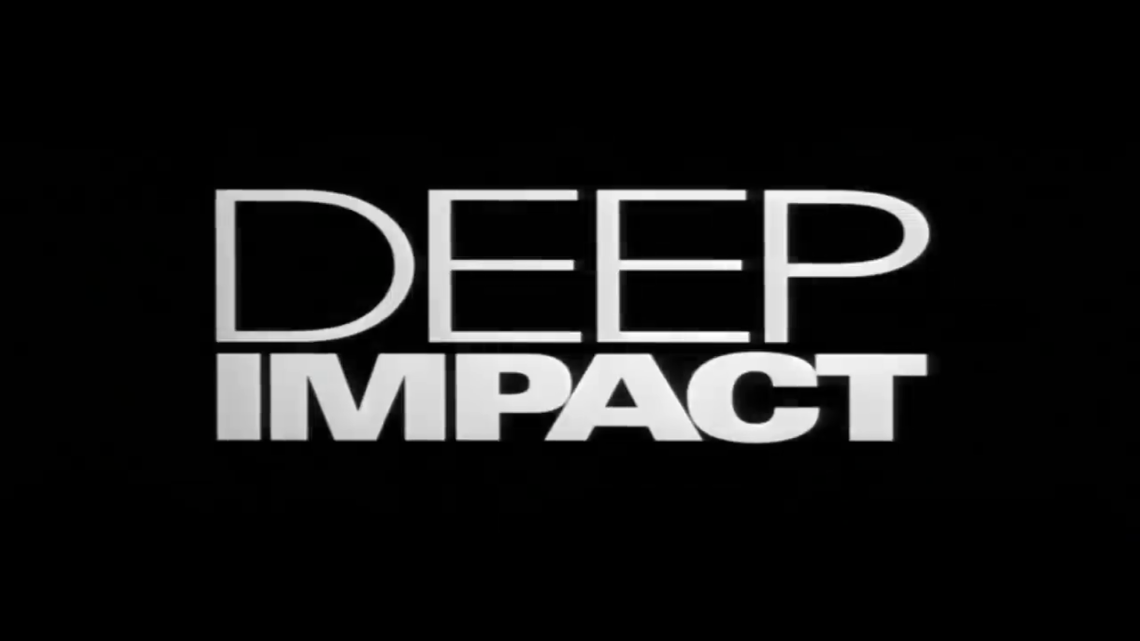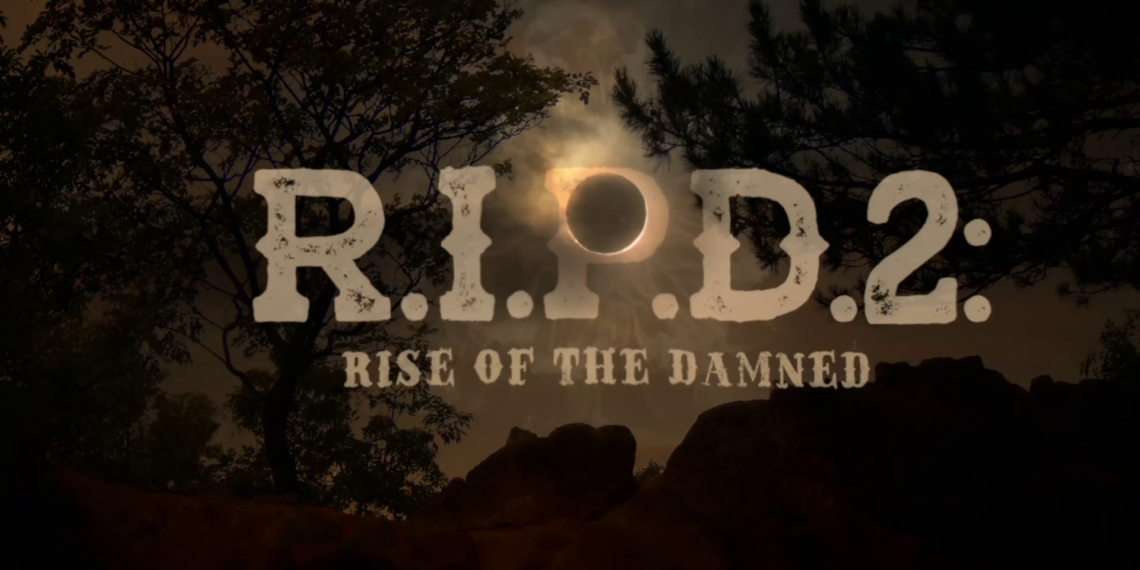-
#586 – Goosebumps (2015)

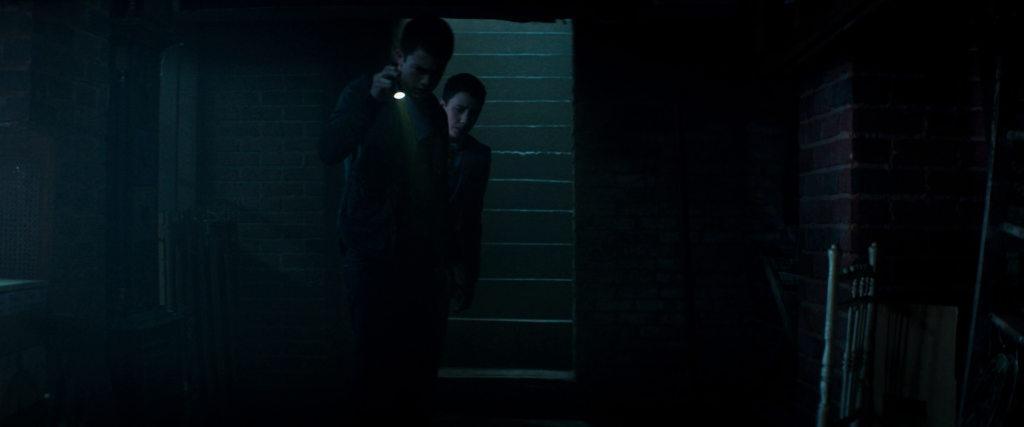
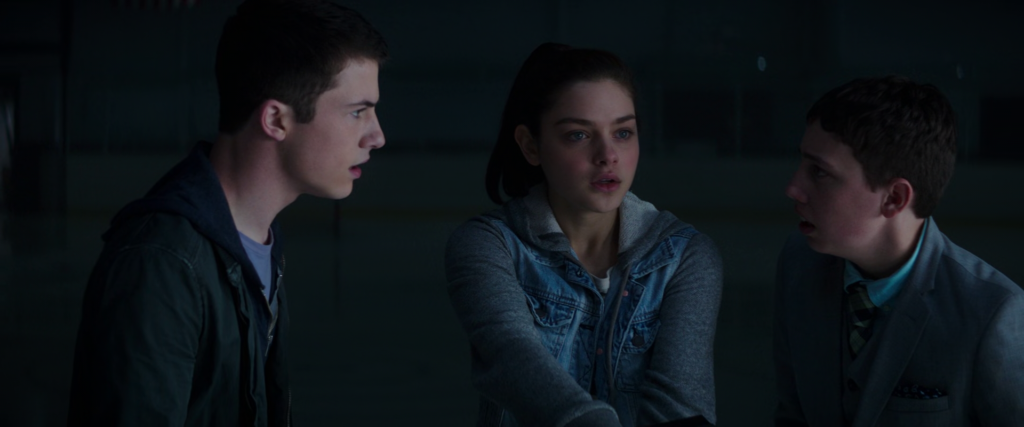

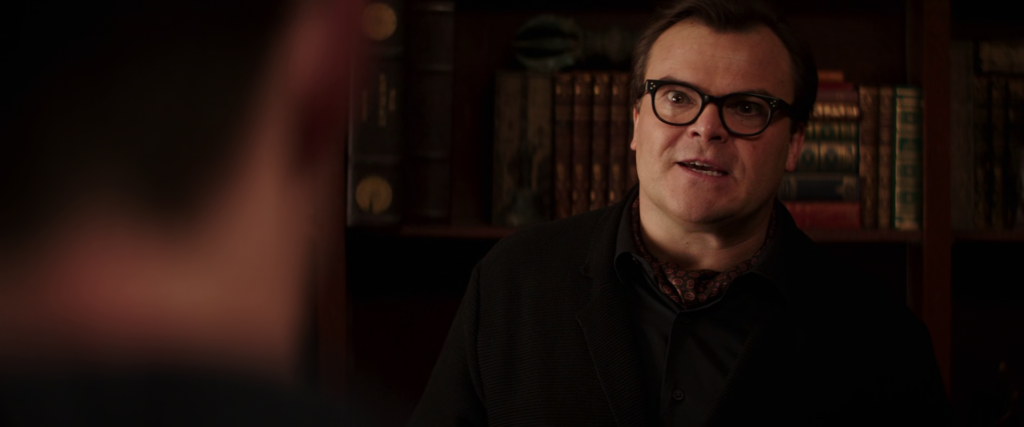
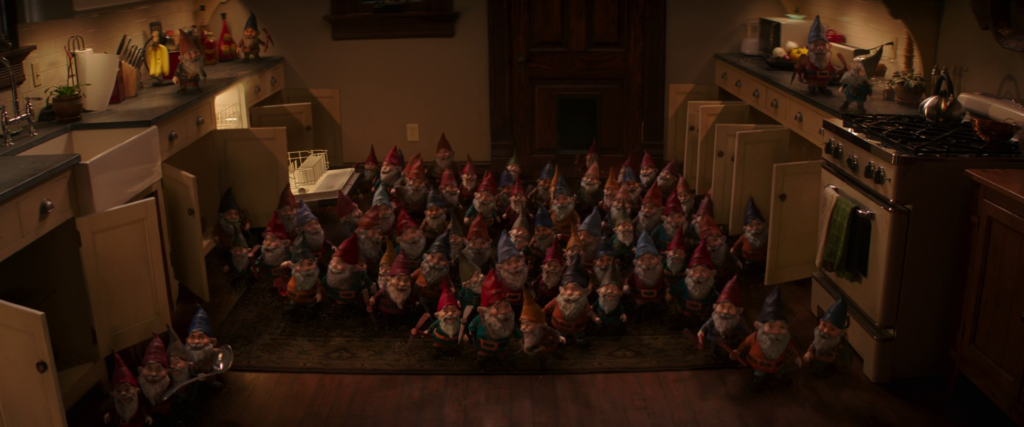
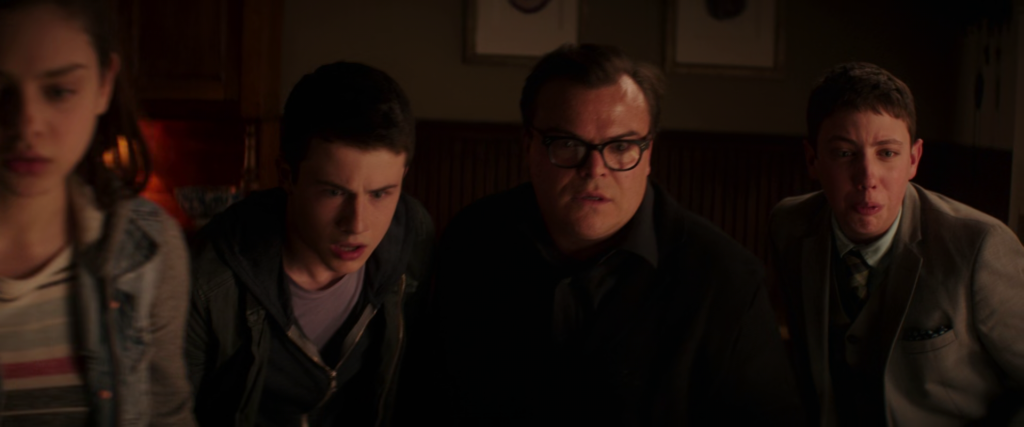

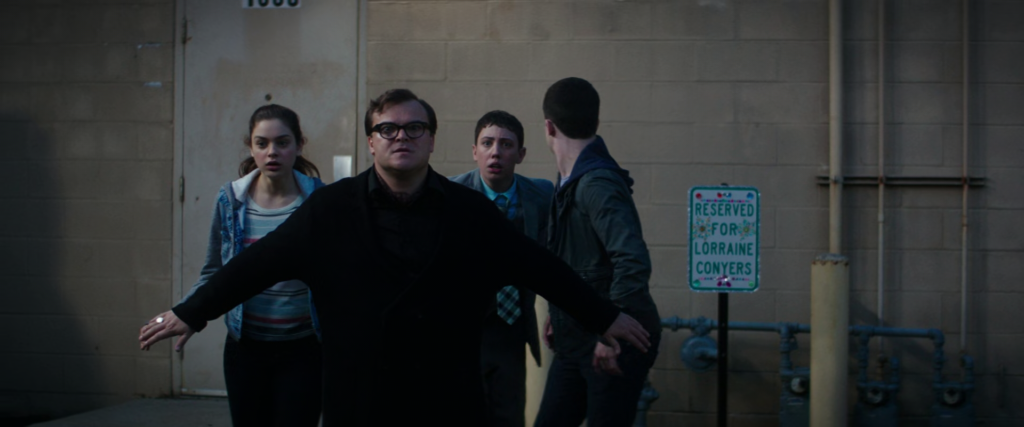
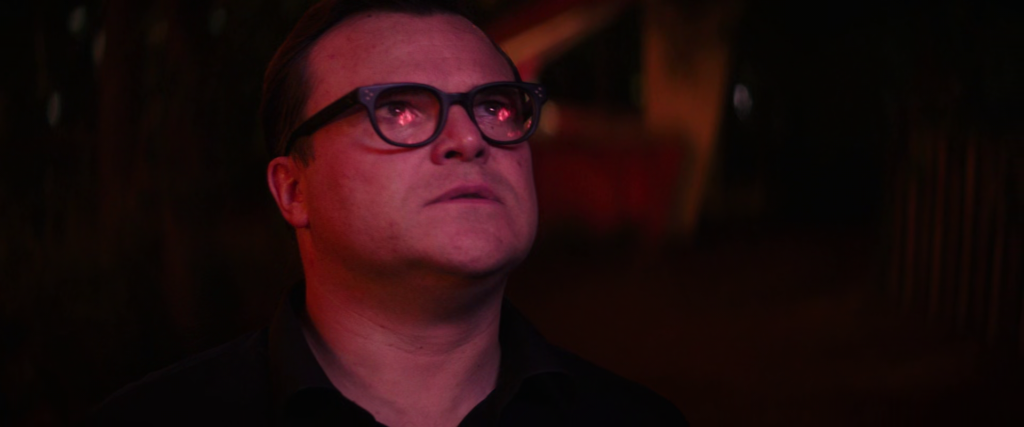
Goosebumps (2015)
Film review #586
Director: Rob Letterman
SYNOPSIS: Zach Cooper moves with his Mother to the town of Madison, Delaware, where he learns he has a strange new neighbour. Things take a twist when Zach learns that his new neighbour is none other than R.L. Stine, author of the Goosebumps series of books, and the monsters from his books have accidentally been brought to life…
THOUGHTS/ANALYSIS: Goosebumps is a 2015 film based on the series of horror books by R.L. Stine. The film starts up in a very typical way, introducing teenager Zach Cooper and his Mother moving to a new town and having to get used to a new school and all of that: a situation you’ve seen in films plenty of times. Fortunately, the film doesn’t linger too long on it, and it’s somewhat necessary to provide the grounds for the film’s twist. Zach learns that his odd neighbour is none other than R.L. Stine, the author of the Goosebumps series, and the creations in his horror stories are very much real; as he finds out when the monsters are released from their books to terrorise the town. The meta-twist of the film, making R.L. Stine (played by Jack Black) a character and referencing the actual books is implemented well, and provides a good way of incorporating the different characters from the books. If you’re a fan of the series, you’ll appreciate the different monsters that appear, but even if you’re not familiar with them, it doesn’t impact the experience in any way.
What the film does well is – when it kicks off with the monsters being unleashed – that it keeps up an unrelenting pace and energy as it moves along without any real lulls. The different parts of the film aren’t really anything unique, but it never slows down enough to make it boring. Part of this is due to Jack Black’s portrayal of R.L. Stine, as he brings his usual energy to the role and to basically steal every scene he is in. If you’re not a fan of Jack Black, maybe you’ll have an issue with the film, but otherwise you can certainly enjoy the ride. The rest of the cast is fairly uninteresting and don’t really develop beyond their typical roles, but again it’s not that much of an issue since they aren’t really the ones driving the plot.
Overall, Goosebumps overcomes a predictable setup with a self-referential twist that works well, with a constant energy and entertainment that doesn’t give you a chance to get bored. Like the series itself, it is horror for kids, so there’s no real scares or frights to be had, but again, it focuses more on the action and self-referential humour that make the film work in it’s own right. Not perfect, but entertaining enough, particularly if you’re a fan of the franchise.
-
#585 – The Big Step (2019)
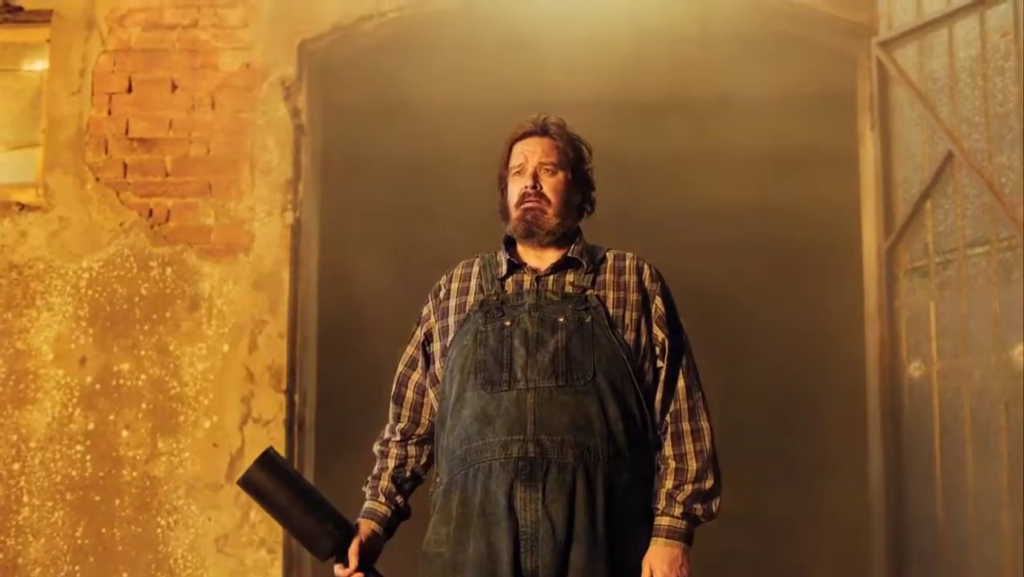
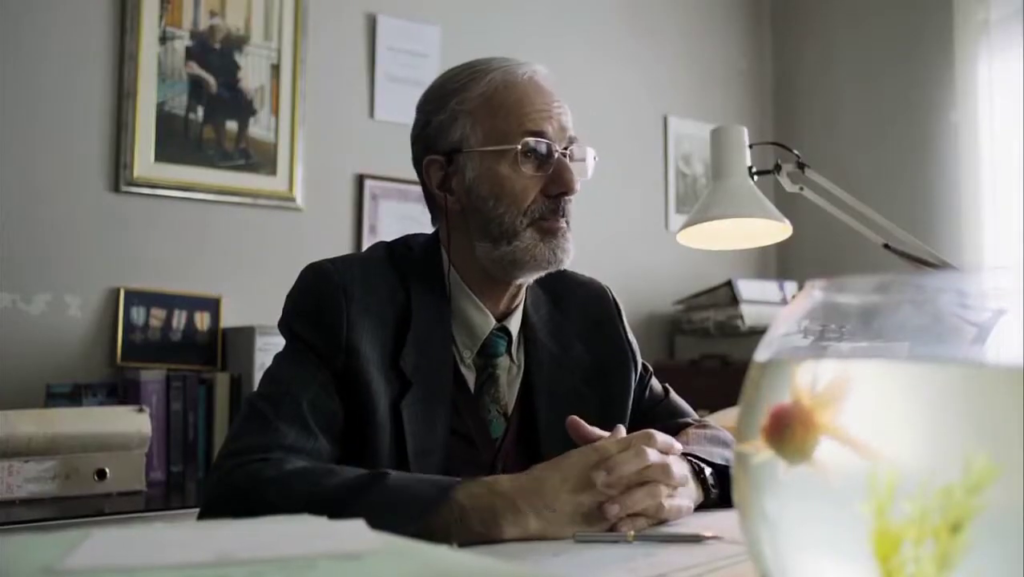
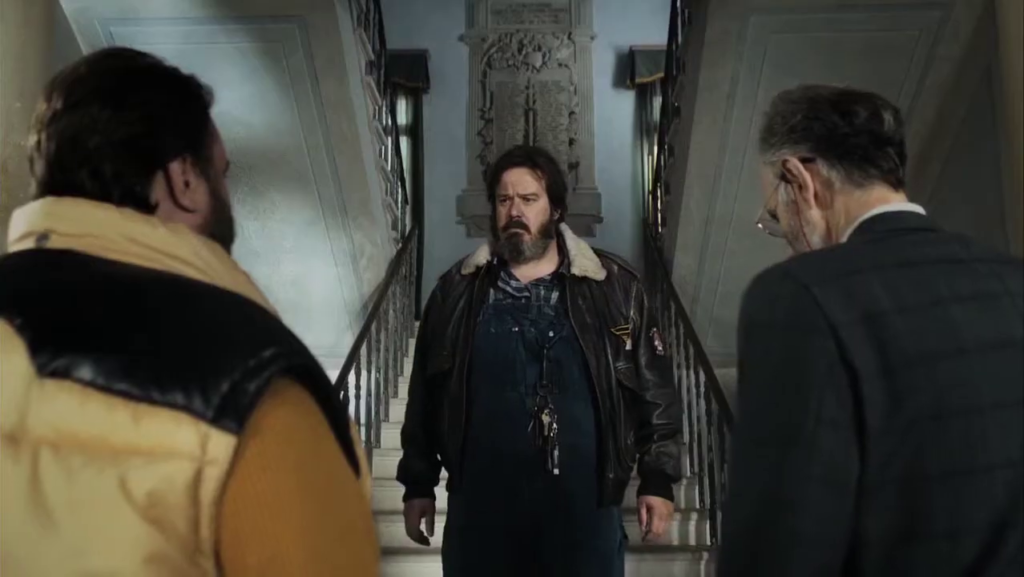
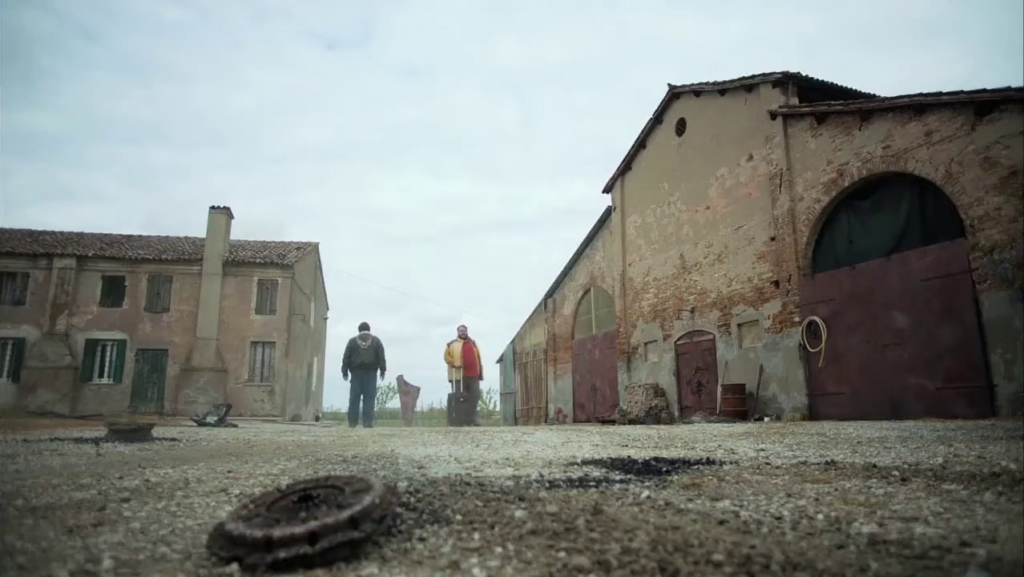
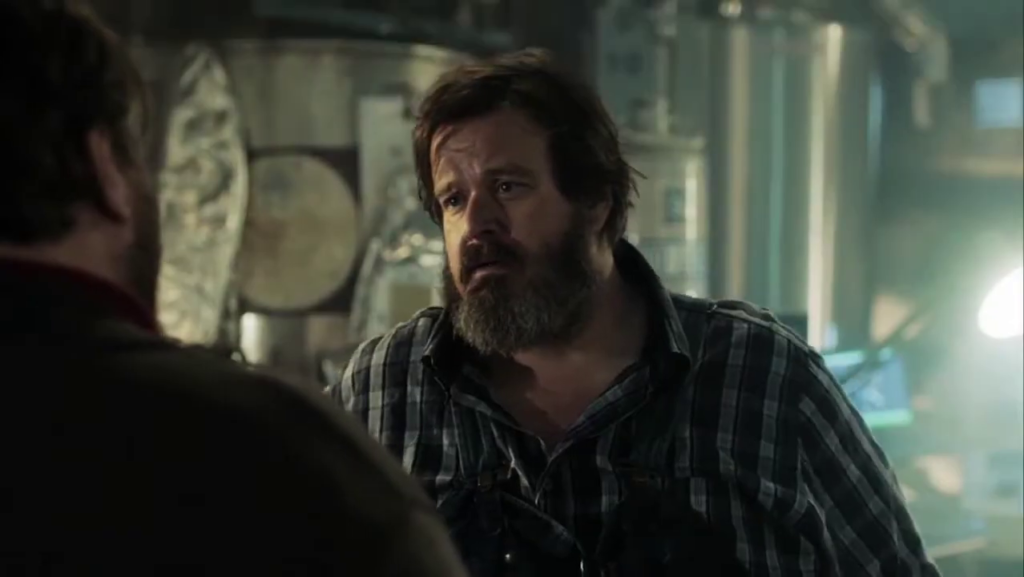
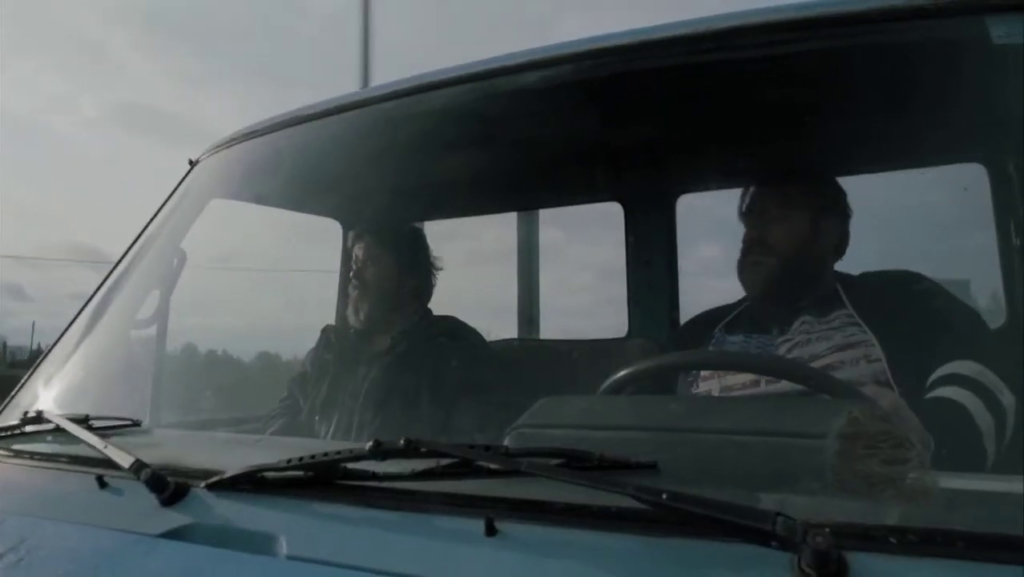
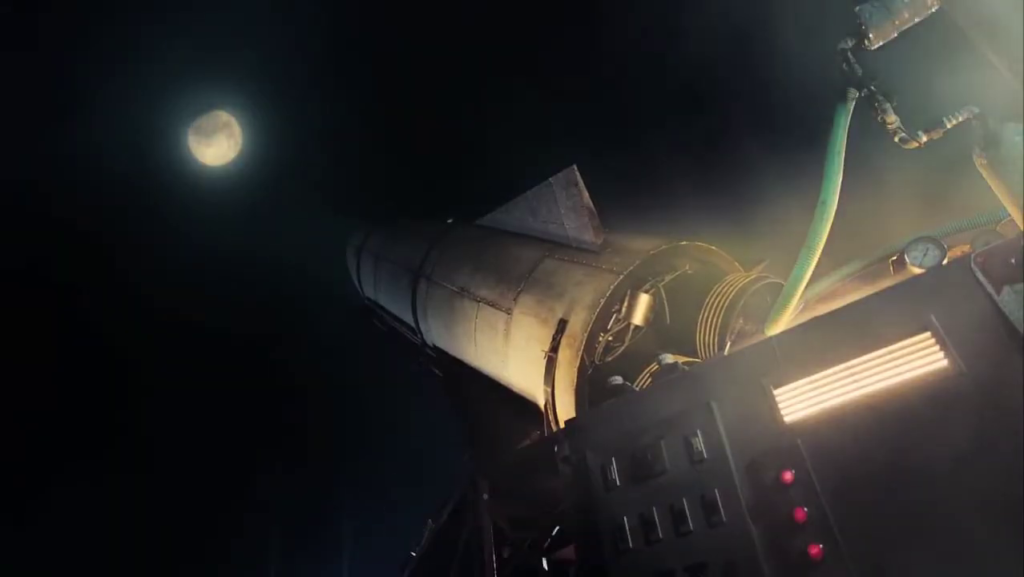
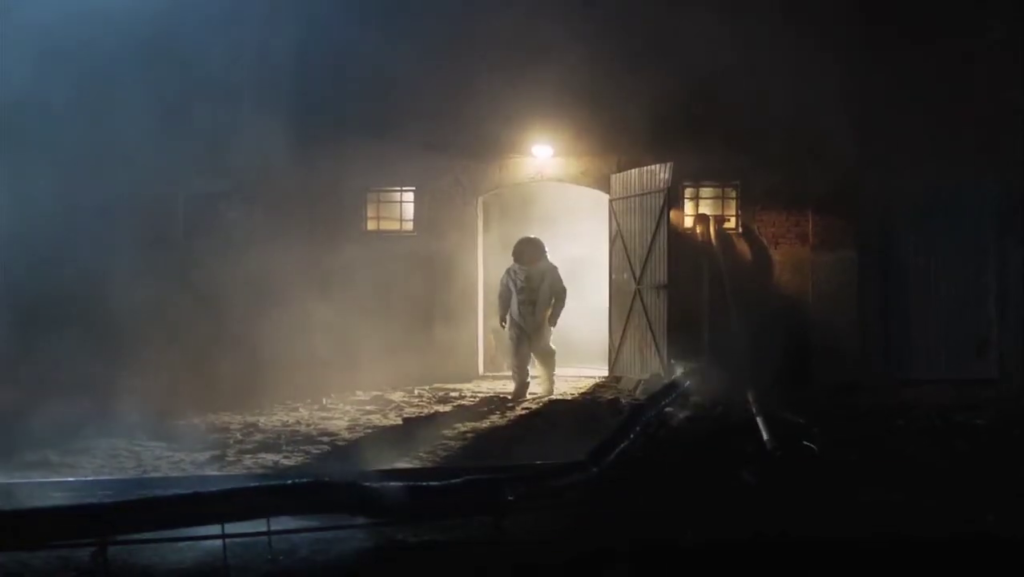
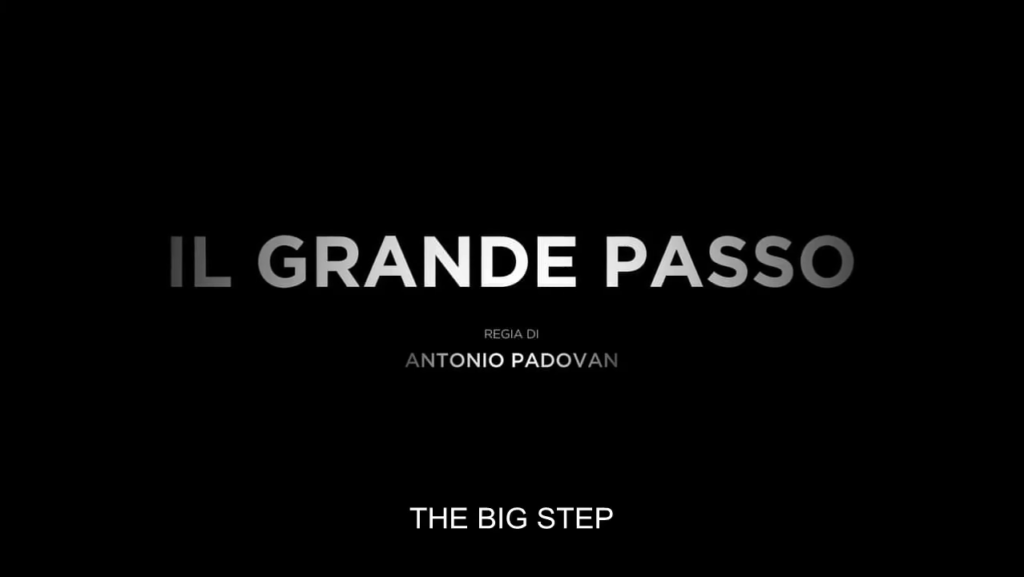
The Big Step (2019)
Film review #585
Director: Antonio Padovan
SYNOPSIS: Mario heads to the countryside to deal with his estranged brother Dario, who has been arrested for arson. Dario is released into Mario’s care, as he struggles to deal with his brother’s confrontational and weird nature, and his big secret: building a rocket to fly to the moon…
THOUGHTS/ANALYSIS: The Big Step (Il Grande Passo) is a 2019 Italian film. Mario, who owns a hardware store in Rome, has to drive out to the Italian countryside to take care of his Brother Dario, who has been arrested, and must be released to another family member. Mario learns that Dario has been trying to build a rocket to fly to the moon, and the two brothers must try to get along after being estranged for so long. The film is essentially a drama film that focuses on these two brothers, as Mario tries to keep Dario out of trouble. It’s a fairly simple film without any bells and whistles, but does what it does well thanks to some good acting, writing, and accompanying musical score. The different lives of the brothers provides enough conflict to provide both drama and humour, and although the film ties all the little things together nicely, the ambiguity of the ending might be a little unsatisfying, and some things are left a mystery (such as the identity of the two men following Dario, the “creepy” guy at the store).
Overall, I don’t think there’s too much to say about this film: I could probably sum it up as “charming.” There is a familiarity in it that feels like you’re watching a story you’ve seen plenty of times before, but it’s always a comfortable watch every time you see it. There’s no big “funny” moments, but the ending is heartwarming, and the film as a whole flows nicely; it just doesn’t deliver a stand-out moment to make it memorable.
-
#584 – Surf Nazis Must Die (1987)


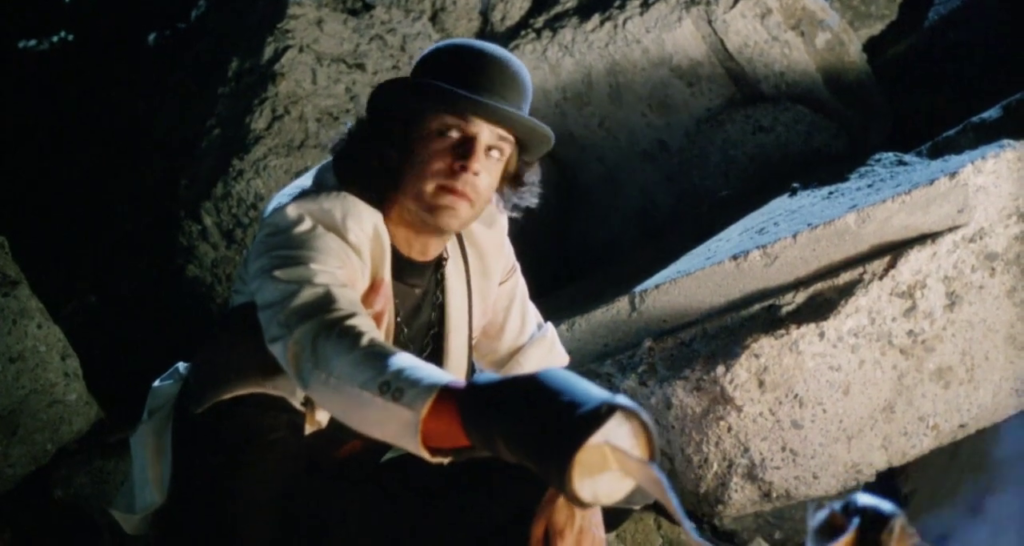

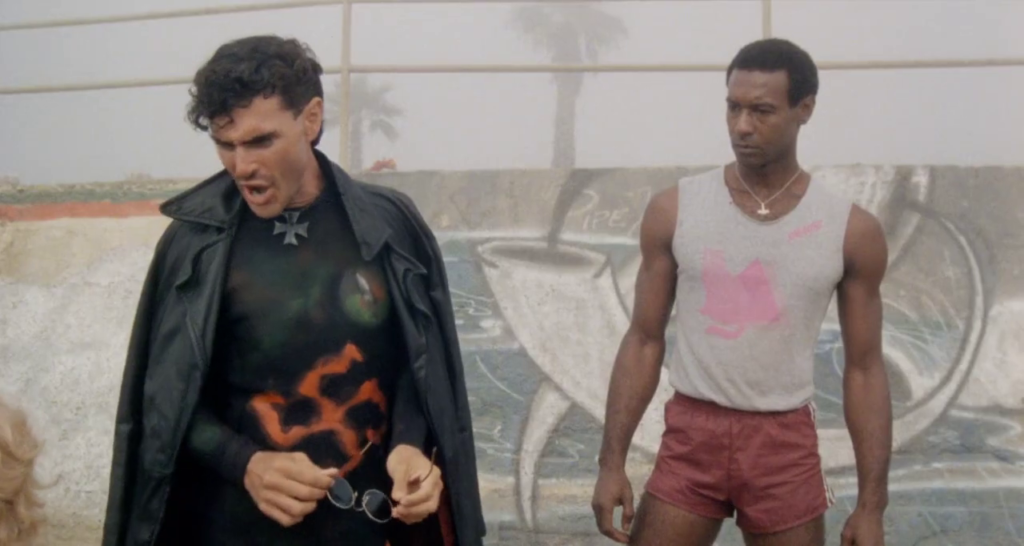



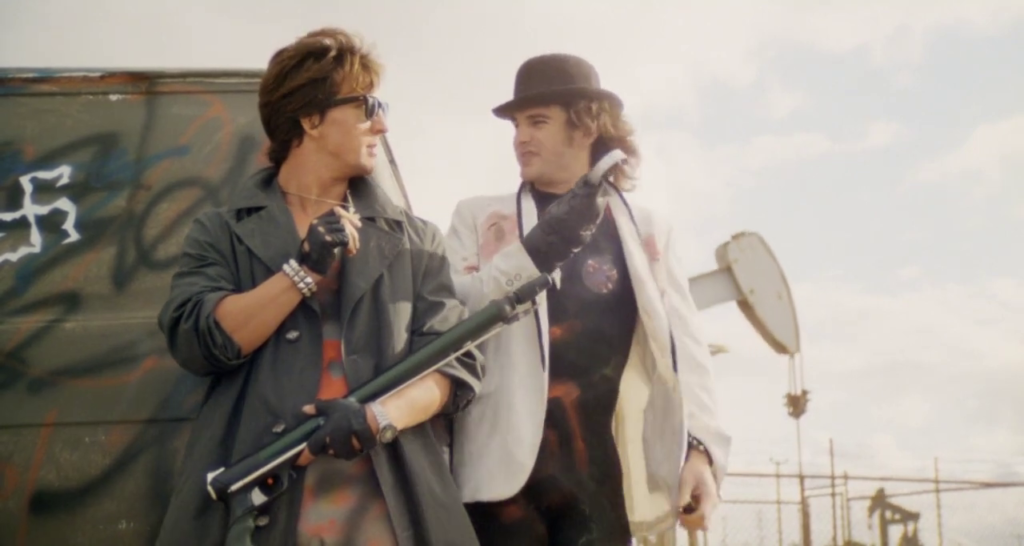

Surf Nazis Must Die (1987)
Film review #584
Director: Peter George
SYNOPSIS: After a devastating earthquake reduces Los Angeles to rubble, the beaches become the battlefield for a number of gangs who want to rule the waves. After a group of neo-Nazis seize the beach, and a young man is killed, his Mother decides to take revenge on the Nazis that murdered him…
THOUGHTS/ANALYSIS: Surf Nazis Must Die is a 1987 post-apocalyptic film. The film’s title might sound completely off the wall and nonsensical, but actually refers to the neo-Nazis that existed around surfer culture in Los Angeles from the 1960s onwards. The film is set in a post-apocalyptic version of L.A. after a huge earthquake reduces the city to ruin…well, probably. We don’t really see the city in ruins to establish the location or context, and there’s also no real indication if just the city is in this post-apocalyptic state of lawlessness, or it is the wider world. Anyway, in this state of chaos, various surfer gangs battle it out for control of the beaches. While the film embraces some more outlandish elements that you would expect from the title, including the various surfer gangs of Nazis, ninjas, and the like, the film on the whole is fairly tame and subsequently, rather dull. There’s barely any other story other than Nazis just terrorising people, and every scene in which something happens is followed by long shots of people surfing, which by the time you return to a scene with dialogue or plot, you can’t really follow what happens from one scene to the next. There’s a story concerning some drug deals, a kid hanging around the Nazis to his Mother’s disapproval, and a Mother taking revenge on the Nazis for the murder of her son, but none of these elements really add up to anything, or come together in any way.
Despite the silly concept, there is an element of the film taking some things seriously: the Nazis radicalising youths, the preaching of their purity yet clearly engaging in deviancy; there’s some effort to write the bad guys as the bad guys , and to show their hypocrisy. Don’t get me wrong: this is not done in an overly impressive or interesting way, but it is there. probably the most memorable character and plot element is “Mama,” a middle-aged woman who is put into a care home after the earthquake, but always manages to sneak out to cause trouble, and her mission of vengeance which becomes the focus of the film when her son is murdered by the Nazis, is at least somewhat interesting. Not only is her straight-up approach to the Nazis being to call them out and hunt them down refreshing (because we don’t really need to have nuance in dealing with Nazis, I thin the film is trying to say), but having a middle-aged black woman as the main character is such a rare occurrence it almost makes the film feel fresh. Again, there’s still not much substance, but the no-nonsense approach the film takes is somewhat fun while it lasts.
Overall, Surf Nazis Must Die fails to live up to its bizarre name: it’s mostly dull viewing with barely any plot, and random footage of surfing that serves no purpose other than to extend the runtime breaks the film up into isolated scenes that serve no overall purpose. There’s some attempt to offer something unique with the “revenge” story arc, and dealing with Nazis in a straightforward way, but other than that, it’s a dull, low-budget flick that offers nothing really exciting or interesting.
-
#583 – Kids of the Round Table (1995)
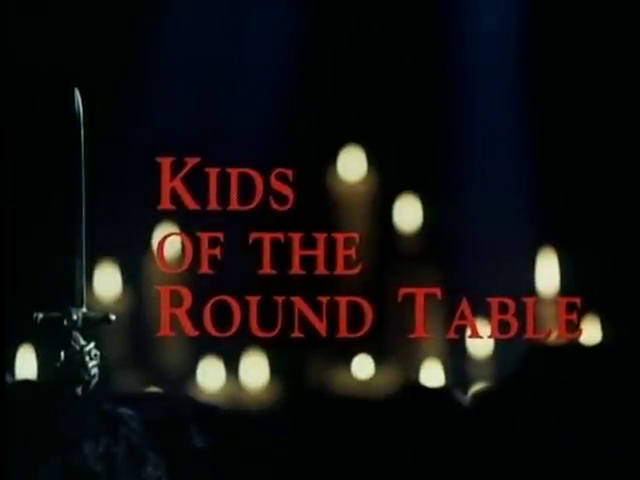

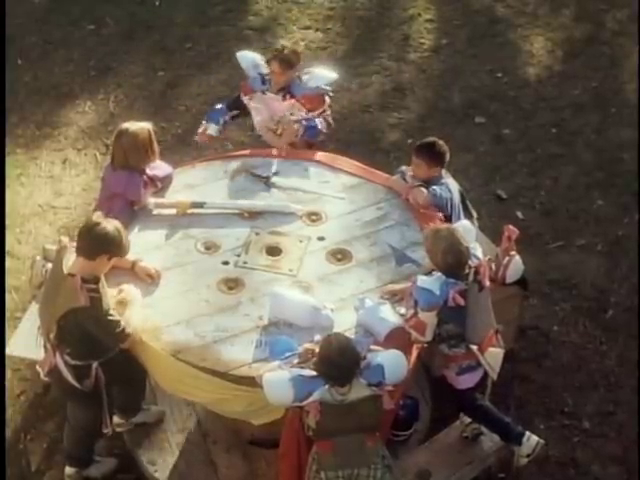
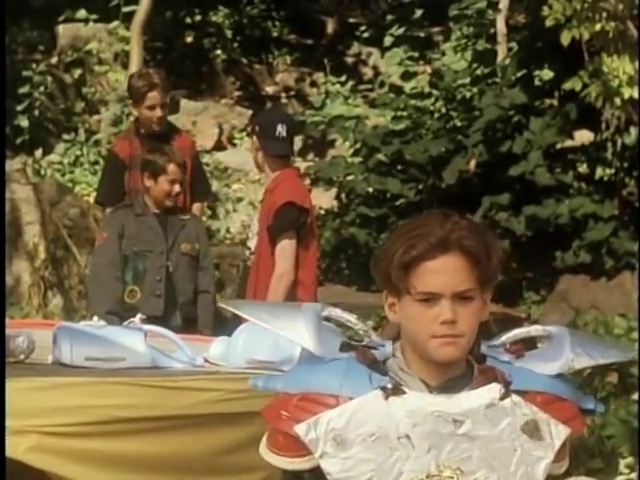
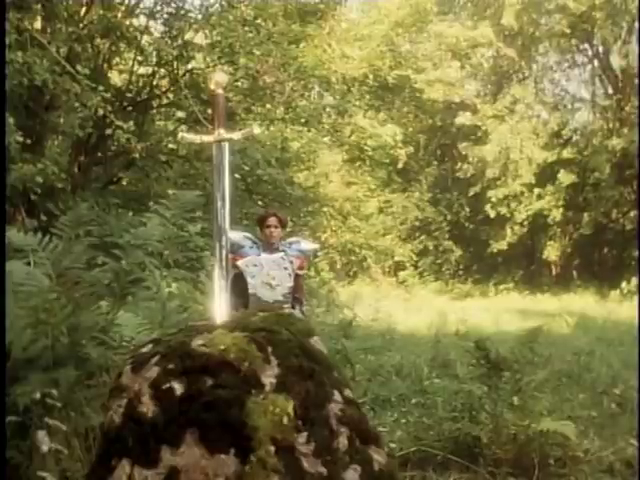
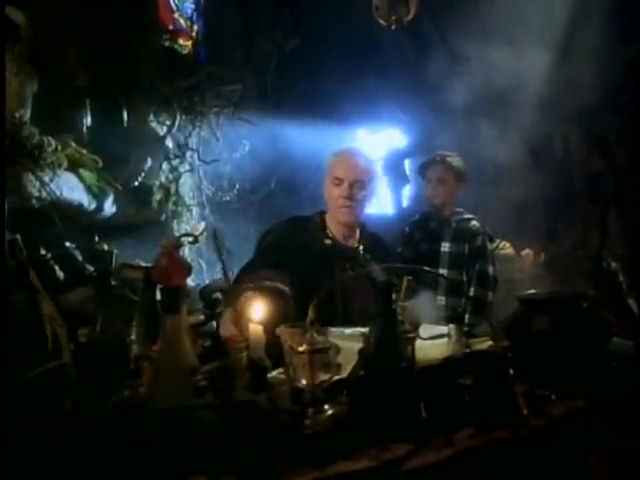
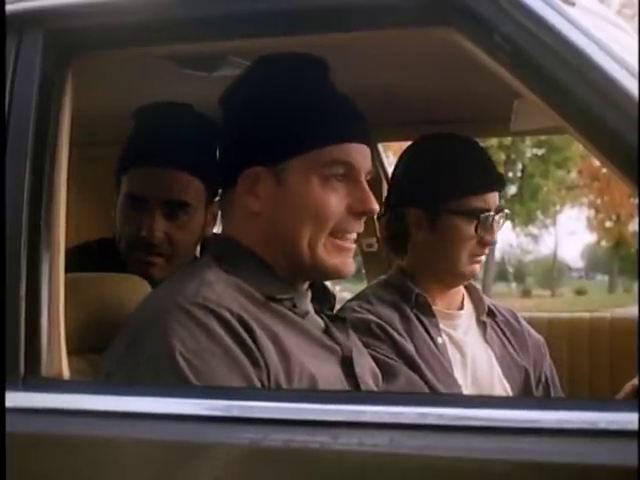

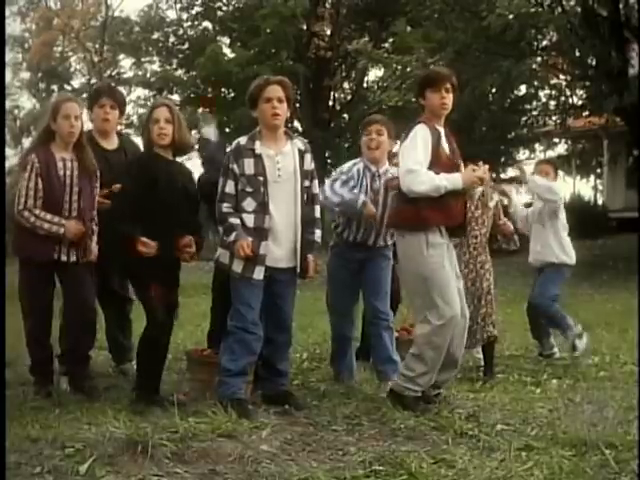
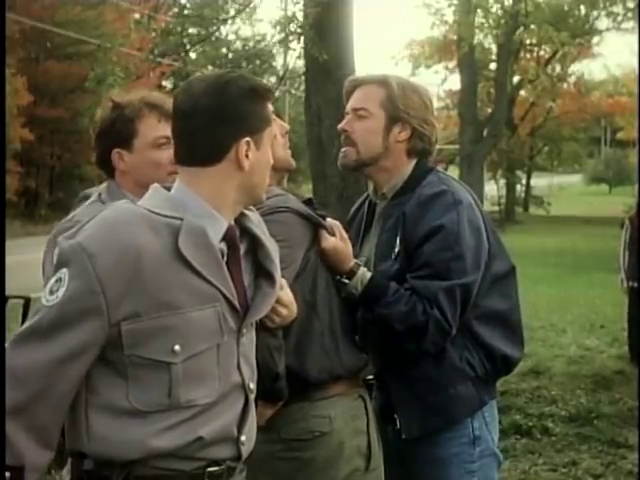
Kids of the Round Table (1995)
Film review #583
Director: Robert Tinnell
SYNOPSIS: Alex and his schoolfriends enjoy re-enacting the legend of King Arthur. Running away from some bullies, Alex stumbles upon a sword in a stone, which he pulls out and is revealed to be Excalibur, the legendary weapon of King Arthur. Merlin appears before Alex and explains how Excalibur may be used to give him the power to overcome his problems, but also that this power must only be used for good…
THOUGHTS/ANALYSIS: Kids of the Round Table is a 1995 film. The plot revolves around a kid named Alex who stumbles upon the sword in the stone from Arthurian legends. Removing the sword, Merlin appears to tell Alex that it is Excalibur, the sword of the legendary King Arthur, and will grant Alex the power to overcome his problems, but only if he uses the power for the right reasons. The plot of the film essentially revolves around Alex using the power of Excalibur, and the dilemmas that arise from it. It touches on a number of different points, but nothing with a depth that makes the plot points memorable or non-predictable. That said, there are a few scenes which explore the dilemmas with some strong and emotionally powerful dialogue, that give weight to what is happening.
A good portion of the film sets up a a love triangle between Alex, Jenny, and Luke, mirroring the same relationship between Arthur Guinevere and Lancelot in the Arthurian legends. Again, the dialogue that comes out of as a consequence of this is mature and impactful, and Malcolm MacDowell as Merlin offers some sage advice in a rare non-villain role. Despite this, a lot of the line deliveries, particularly from the kids and lesser known actors, are a bit flat. We never really get any depth from any of the characters, and they are just very surface-level personalities without a unique hook. The biggest issue the film faces is with the pacing: it has a fair amount going on at the beginning of the film setting out it’s premise then it just…stops. The film clearly has ideas, it just doesn’t push them at all. the finale of the film, featuring “Scar” (played by Michael Ironside) and his buddies taking Jenny and her friends hostage at her birthday party after the criminals have robbed a bank goes on forever: nearly half the film is dedicated to this part which unfolds so slowly it feels like a waste of runtime.
This film looks exactly like you would imagine a 90’s film would look like, and it doesn’t really distinguish itself in this way. One of the production aspects that definitely stands out is the score: the full orchestral pieces are really strong and moving, and again coupled with the emotional scenes, makes a good impact. Overall, Kids of the Round Table has some good moments and some decent cast members to support it, but seems to hold back in terms of fleshing out it’s concept more fully. This definitely has potential to be more than it is, but it keeps everything at a very surface-level exploration, as the characters don’t really develop into anything special, and the different setups don’t take advantage of the concept. Some good heartfelt moments, and a nice score grip the viewer at certain moments, but fail to add up to make the film something special.
-
#582 – Everything, Everywhere, all at Once

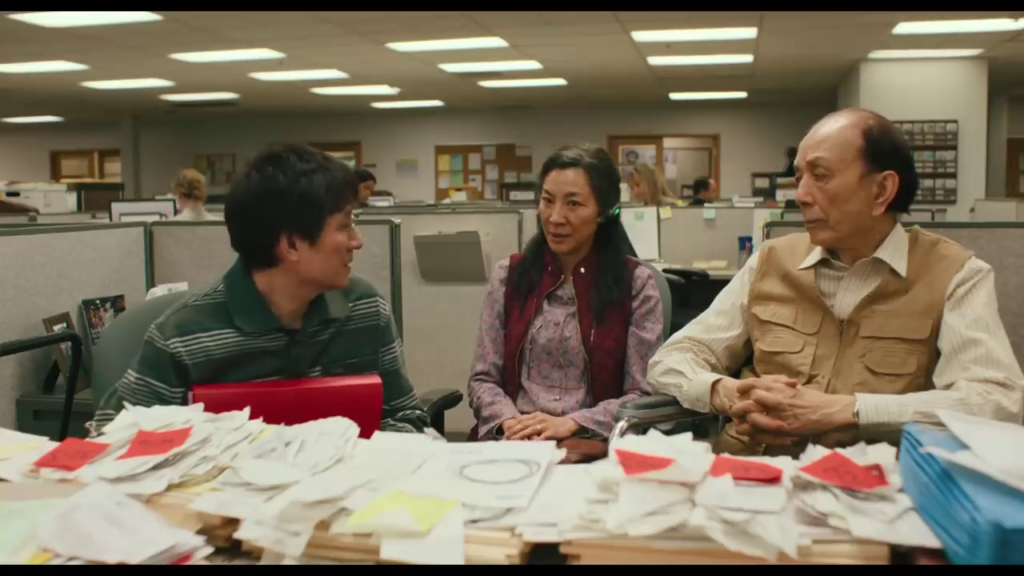


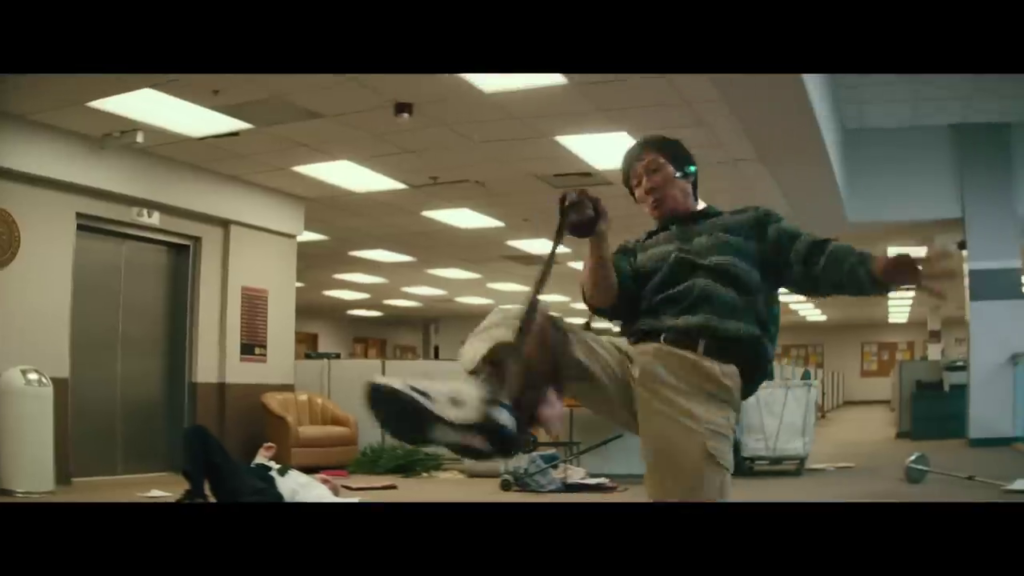
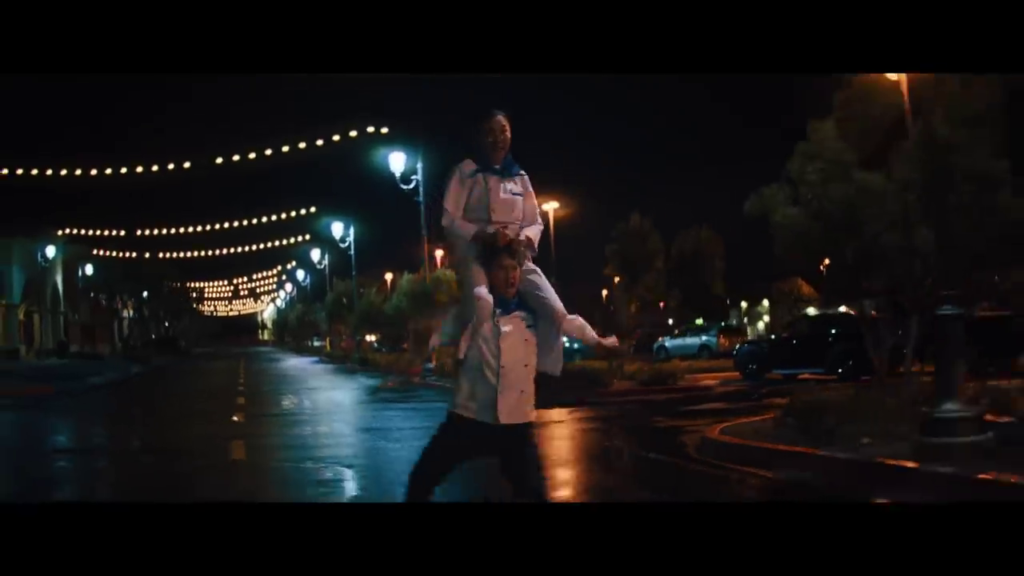

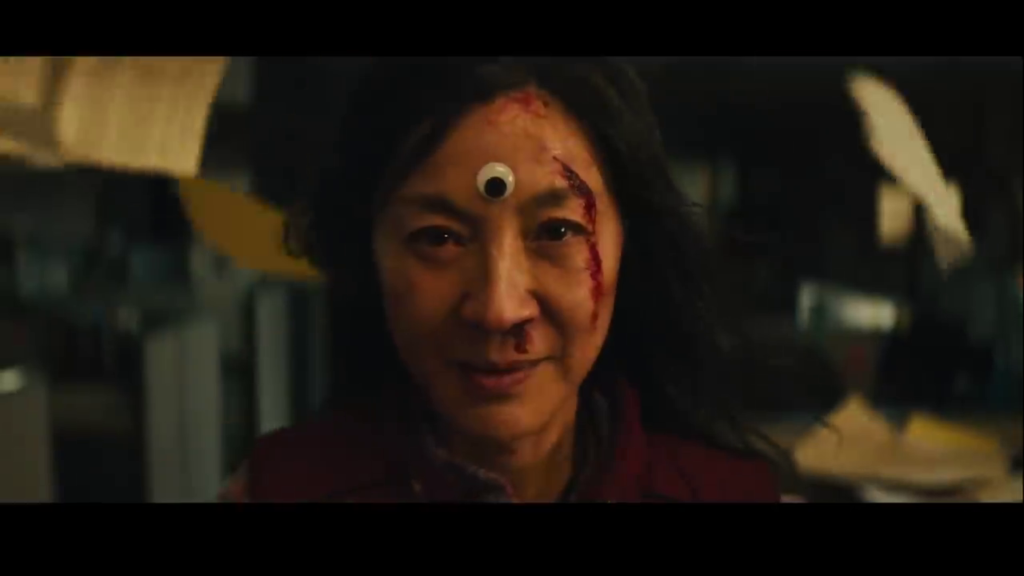


Everything, Everywhere, All at Once (2022)
Film review #582
Director: Daniel Kwan, Daniel Scheinert
SYNOPSIS: Evelyn is an overworked laundromat owner who is preparing for her Father’s visit, an audit by the IRS, among everything else. She is suddenly forced into a battle across the multiverse to save every reality from being destroyed by a nihilistic entity who just so happens to be her daughter…
THOUGHTS/ANALYSIS: Everything, Everywhere, All at Once is a 2002 sci-fi film. The film centres around Evelyn, a laundromat owner who is being audited by the IRS, amongst a host of family issues as well. Evelyn is suddenly pulled into a battle to save the multiverse, and must tap into the possibilities of the different versions of herself to stop an evil entity from destroying everything. Operating on a number of different levels and perspectives, the film is inherently chaotic, and it is designed to be, but has specific themes and relationships that ground the film and provide an entryway into the story. Perhaps a few of these can be boiled down into very typical relationships and problems, but maybe that’s what makes them relatable and meaningful; I think your mileage may vary. Nevertheless, the film has a quick pace and packs a lot into it’s two and half hour runtime. Being a film about the infinite possibilities of existence and jumping between different realities, it would be quite easily to leave a viewer confused, or have the film get bogged down in technical jargon and exposition: fortunately, the film manages to keep its pacing and energy while setting itself up for the viewer, and switching around the different realities and revealing things in a piecemeal fashion help keep the film going.
In terms of characters, Evelyn as a role was made for Michelle Yeoh: it showcases her acting talent across all the different genres and roles she has done over the years. she takes on all the different roles she has to play effortlessly, while also retaining the everyday core of her character that is just trying to manage a business and her family. The rest of the cast too are solid in their roles that are uniquely carved out for them, and are a bit of stability in contrast to Evelyn’s constant flux.
Credit should be given to the writing of the film that balances the right amount of entertainment, drama, action, and emotional moments that are switched between to avoid the film becoming too bogged down in any particular details. The film makes it simple enough to go along for the ride, but also provides some powerful emotional moments that hit when you least expect. The film does wobble a bit near the end, where I don’t think it sets up the climax of the film as such, because the film has had so much energy and motion that you don’t realise that this is where everything is coming to a head, and not just another step somewhere else. The philosophical clash between a humanist existentialism and a nihilistic meaninglessness has some weight to it at the end, but it’s not something explored throughout the film so it feels like you’re getting a pay off from everything you experienced. Part of that is intentional: that out of all the different possibilities and realities, what matters is the seemingly drab one that you inhabit, and because everything is valid (in other universes), then no single one is more meaningful than the other. As mentioned, some of the themes and characters are boiled down to rather simple positions or outlooks by the film’s end, but these are all minor gripes about a film that does so well with so many things, and turns in solid performances from the cast, as well as navigating a host of different themes: keeping things interesting for casual movie-goers, while also not being afraid to delve deeper into heavier subjects when necessary. Overall, Everything, Everywhere, All at Once is a high energy mix of films that nevertheless relies on a careful arrangement of it’s parts so it doesn’t fall into a giant mess. Being able to sustain interest and attention across the runtime thanks to solid performances, fun action scenes, and emotional moments that pull you back in. A few missed beats around pacing and oversimplifying certain positions don’t upset the overall impact of a film that both opens itself to the infinite possibilities of existence, while still making the here and now matter.
-
#581 – Deep Impact (1998)
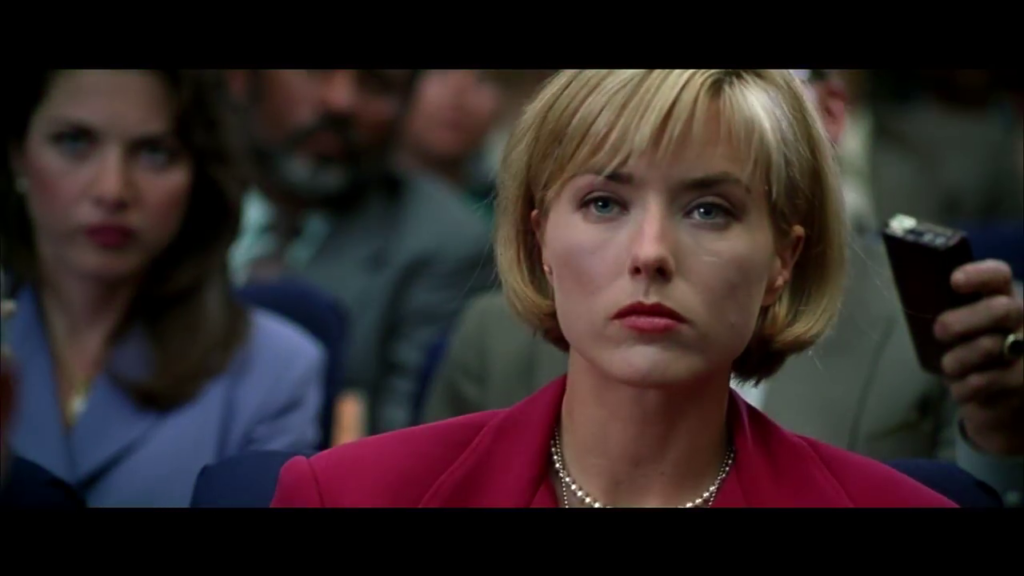
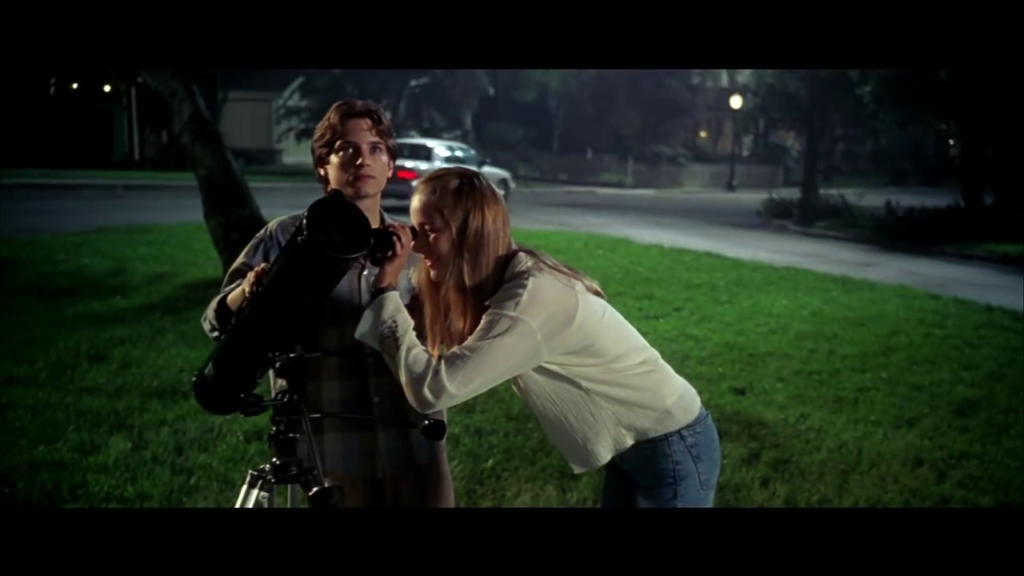
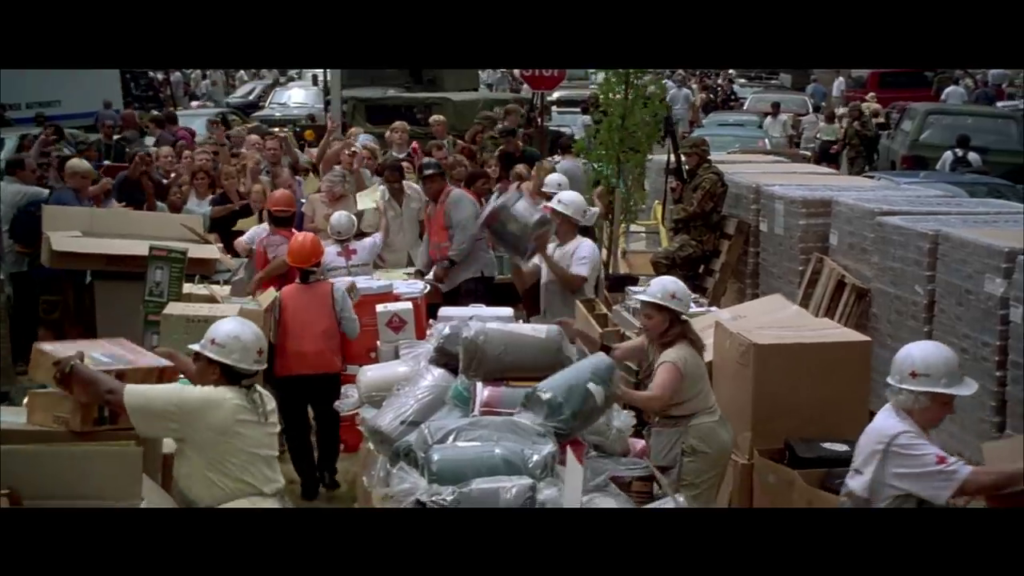
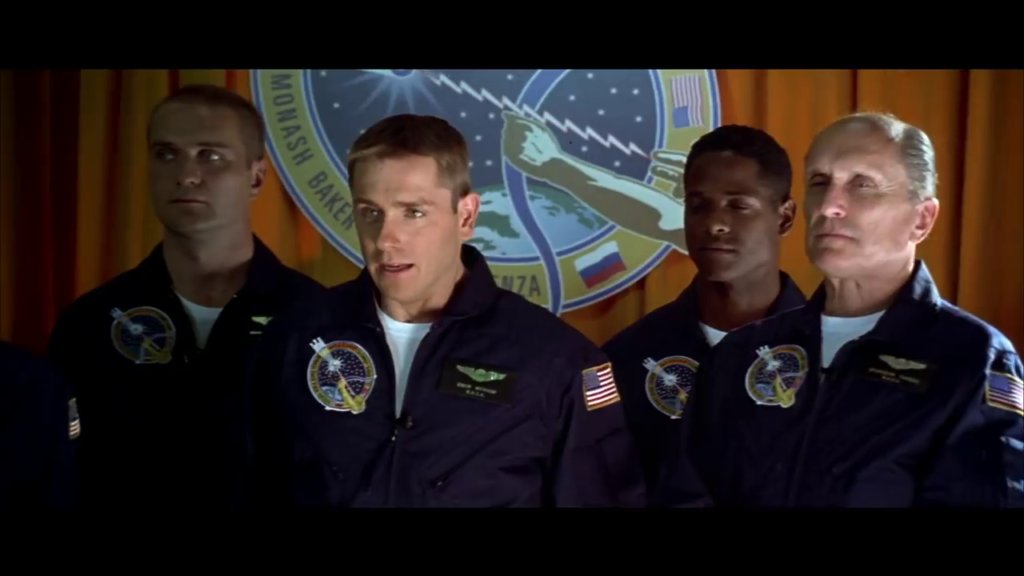
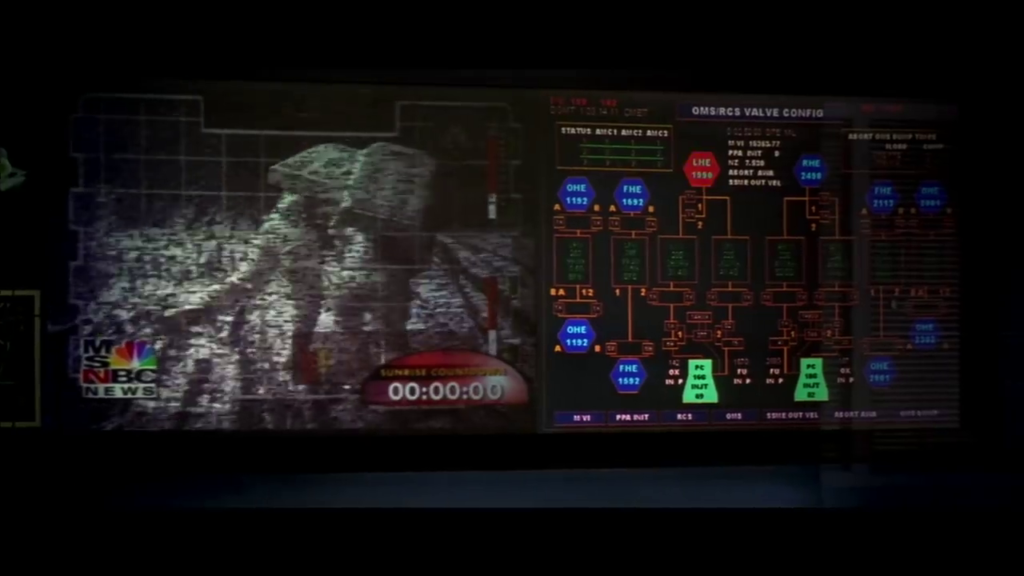
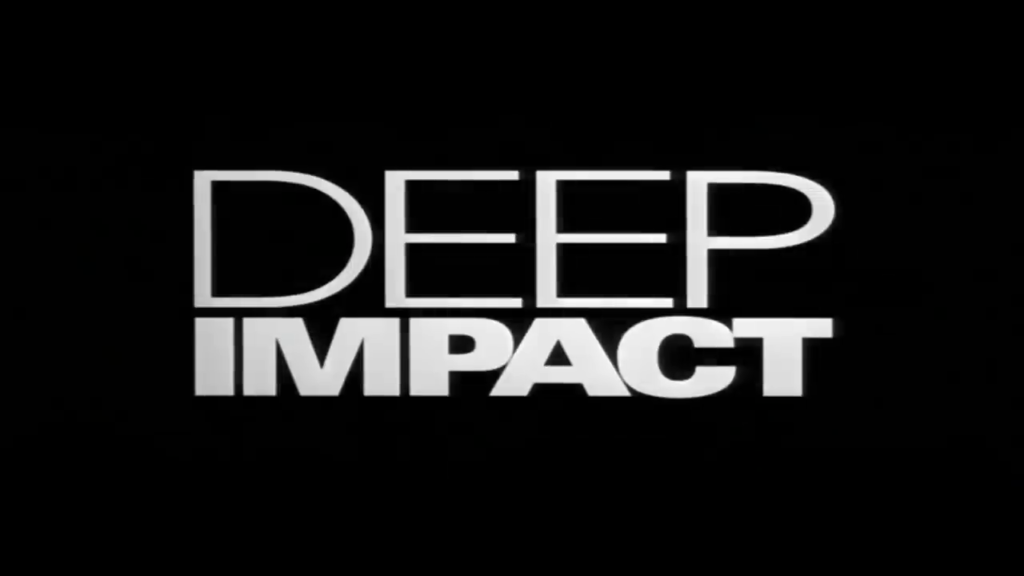
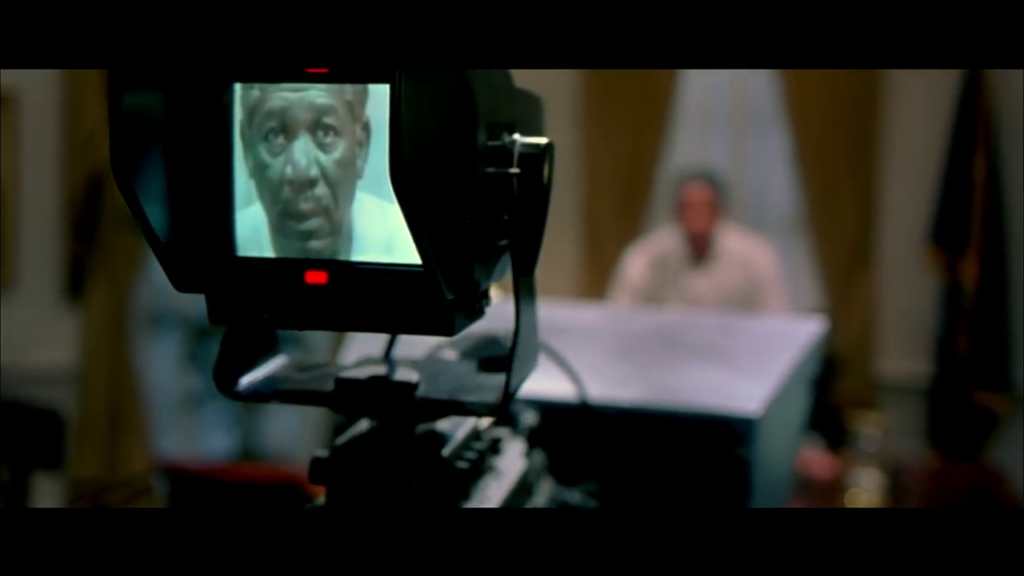
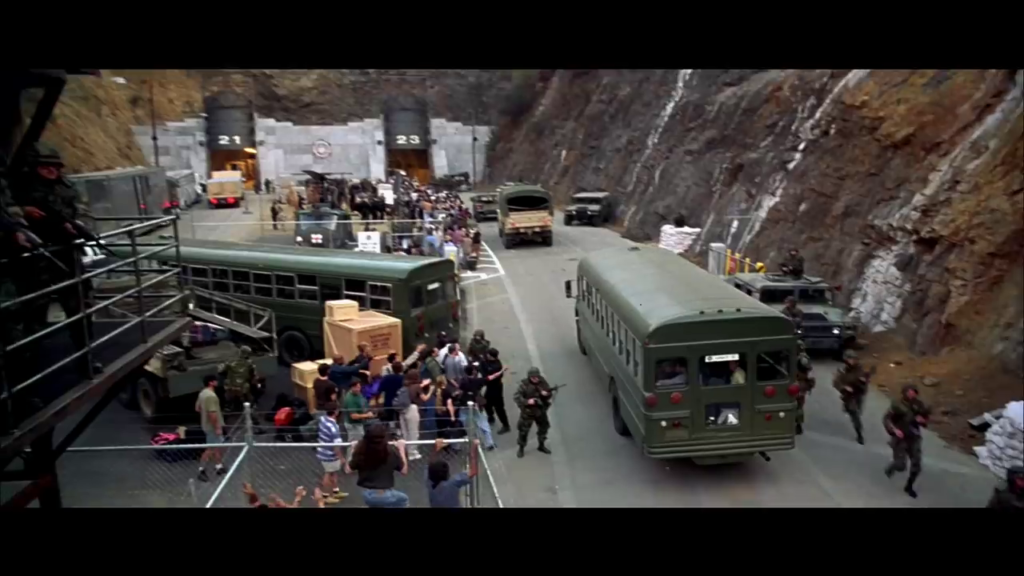
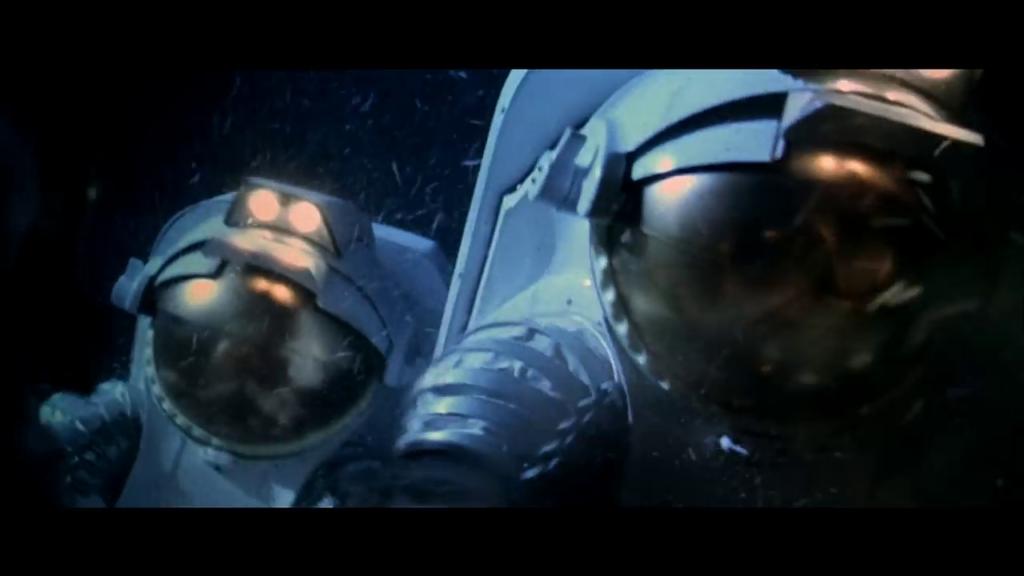
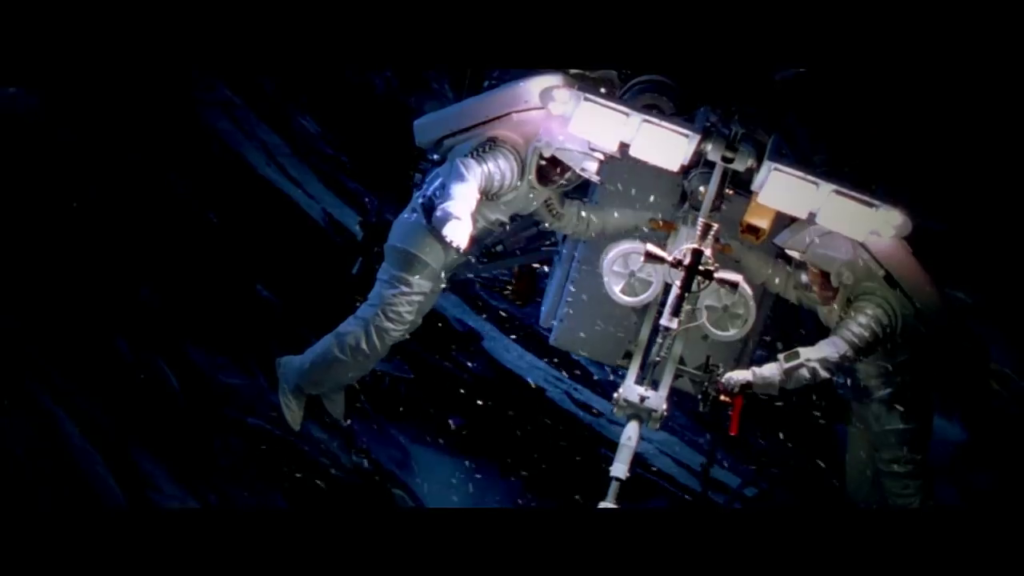
Deep Impact (1998)
Film review #581
Director: Mimi Leder
SYNOPSIS: A reporter who is investigating the resignation of the Secretary of Defence stumbles on a much bigger story than she expected, and forces a public announcement from the President: A large comet is due to collide with the Earth and cause huge destruction. While a last-hope mission to the comet is being prepared, there are also plans to make sure humanity survives if the comet actually makes it to the planet…
THOUGHTS/ANALYSIS: Deep Impact is a 1988 sci-fi disaster film. It is perhaps most notable for being released in the same timeframe as Armageddon, a similar disaster film also about a comet heading for Earth. The two have slightly different angles and tone though as we shall see. The film opens up with journalist Jenny Lerner investigating the resignation of the Secretary of Defense. this leads to her discovering (inadvertently) that there is an Extinction Level Event threatening the planet, which forces the President to disclose to the world that a comet is on a collision course with Earth. It’s a fairly typical disaster film after that, with the film focusing on a mission to try and destroy the comet, and also balancing that with the human stories of the characters caught up in it. This film, more so than Armageddon, focuses on the latter, with the different characters roles and responses to the impending catastrophe being the primary focus. The main issue with this, however, is that it focuses on human drama, and it chooses the most boring of said drama to show us. The main character is constantly awful: the way she treats her dad for no real reason is childish and nasty, and even when she does something good and heroic, the way she does it hardly redeems her. probably the most interesting thing about the film is the space mission that is sent to destroy the comet, which provides a decent amount of action, but their mission ends half way through, and then their whole story arc just becomes irrelevant until the finale. In fact, the film pretty much runs out of steam at the halfway point, and just gives up at the same time that the characters give up trying to stop the comet. The film mentions a lottery that will choose the people that will be allowed to survive the impact, but doesn’t really explore the impact of this, and the usual riots and breakdown of society which usually occurs in these types of disaster films apparently just does not happen, or at least we never see on screen, which is odd to just gloss over, even if it’s something we expect and have seen many times before.
Apart from the main character, the rest of the cast are similarly uninteresting. The weirdest ones are the teenage couple who constantly act like they’re a middle aged couple. They get split up but then reunite later in a pointless diversion, and their whole characters just feel off. you could easily cut them out of the film and lose nothing. The crew aboard the “Messiah” spacecraft likewise don’t have that much development or interesting things happens to them on a character development level. Another aspect of the film that I thought was odd is the focus on journalism and the media at a time of catastrophe. I get it in part, because the main character is a reporter, but nearly everything is done through the media and TV stations, and the film feels like it wants to “glorify” the role of the media and journalism in times of disaster and it being almost the centre of importance, which just feels a bit…wrong and dirty in some way. Maybe the film had to emphasise the significance of the media because it got the rights to use the MSNBC likeness for the backdrop, but either way, it made the film feel like it was focusing on the wrong things, and if the film wanted to focus on the “human” element of catastrophe, then doing it through the lens of the media just obfuscates that.
There are some moments in the film which are decent: the comet striking Earth and the destruction scenes are well done, and it gets some of the emotional scenes right, but these often have no impact on the characters themselves. The science is a bit more accurate than a film like Armageddon, but I’m not sure how much that would matter to the average film-watcher.
-
#579 – Miami Connection (1987)
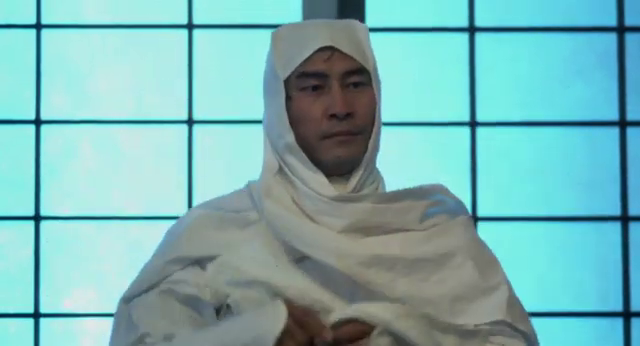
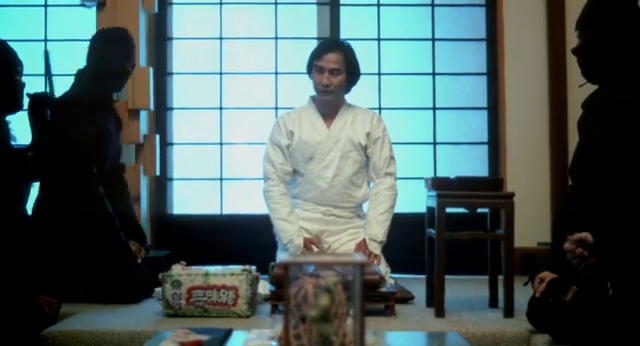

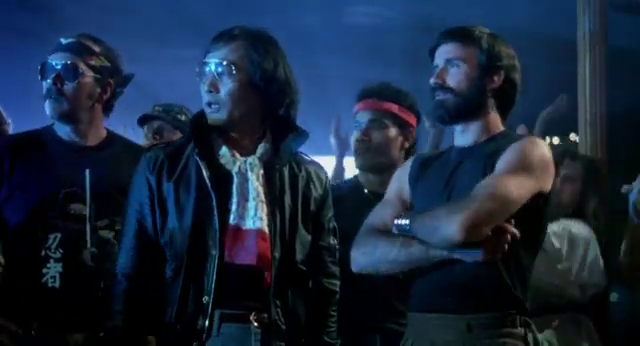
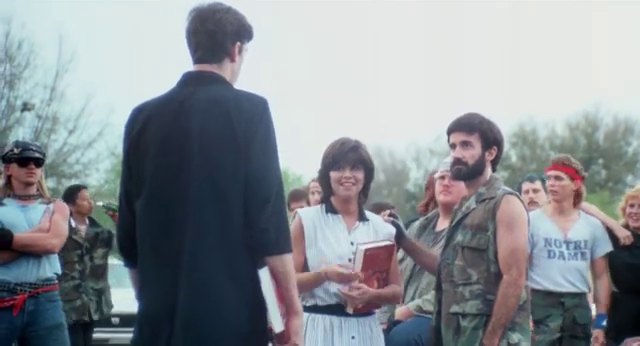
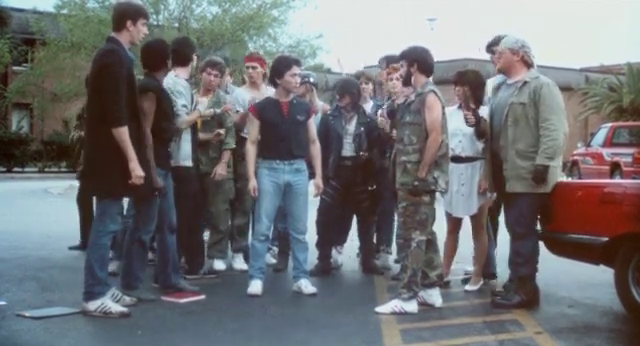
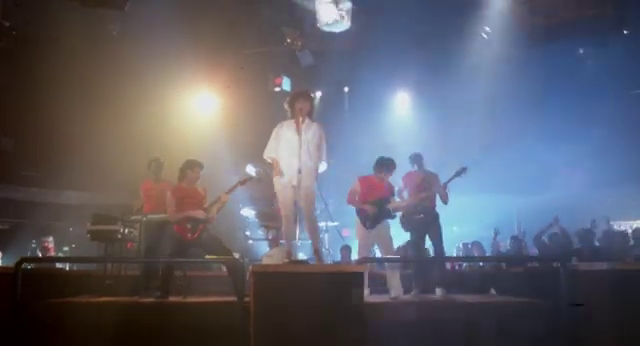
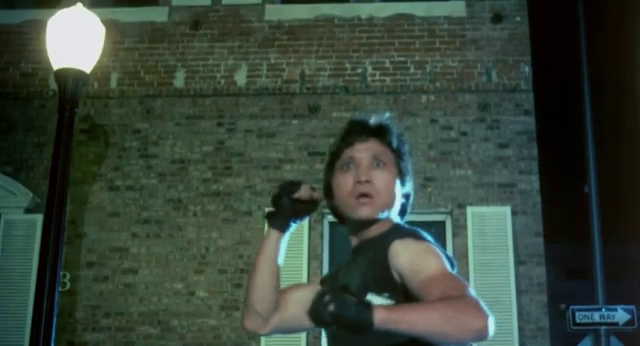


Miami Connection (1987)
Film review #579
Director: Richard Park, Y.K. Kim
SYNOPSIS: A drug deal in Miami is intercepted by a gang of motorcycle riding ninjas. Meanwhile, the Sister of one of the ninjas has joined the band “Dragon Soul,” and her brother disapproves, leading to a lot of martial arts fighting between just about everyone on the streets of Miami.
THOUGHTS/ANALYSIS: Miami Connection is a 1987 martial arts film. The film opens up with a drug deal being intercepted by a gang of motorcycle riding ninjas: just in case you’re wondering what kind of film you’re about to experience. The plot of the film is no less bizarre, as it revolves around a band named Dragon Soul, whose members are orphans and best friends, and learn taekwondo with their mentor and fellow bandmember Mark, played by Y.K. Kim, who co-directed, produced, wrote, and nearly bankrupted himself to get this film made. There isn’t really much of an overarching story here, other than everyone in Miami just wants to pick a fight with the band for one reason or another, so they usually have to fight their way out. There’s a plot concerning one of the bandmembers finding his biological Father as well, but nothing really leads to anything or goes anywhere. There’s a message about the band wanting to travel over the world spreading peace and love or something, but that seems rather drowned out by the mass fighting on the streets they get involved in every ten minutes or so.
Despite all the woeful dialogue, bad acting, and lack of any real story, there is something very charming and enjoyable about this film: its cheesy and nonsensical, but it’s always entertaining as you never quite know what it is going to attempt next. It is a “so bad it’s good” film, and earnestly one of the best. You can tell Kim was deeply passionate about making this film and spreading a message about Taekwondo and brotherhood, but he had absolutely no experience making films in any capacity, and the fact that he had complete control over this film shows. There’s nothing mean-spirited or any sense of a cash-grab, and the good intentions of the filmmaker shine through.
I think it’s safe to say you won’t see anything else like Miami Connection: it exists in its own universe of 80’s martial arts action and music that, while makes no sense and lacks any kind of filmmaking knowledge, still manages to make a cinematic event that’s still authentic and chaotic enough to make it entertaining, and worthwhile to watch. It’s really not the kind of film you can sum up and review, and perhaps that makes it a bit of essential cinema.
-
#577 – Diamond Ninja Force (1988)
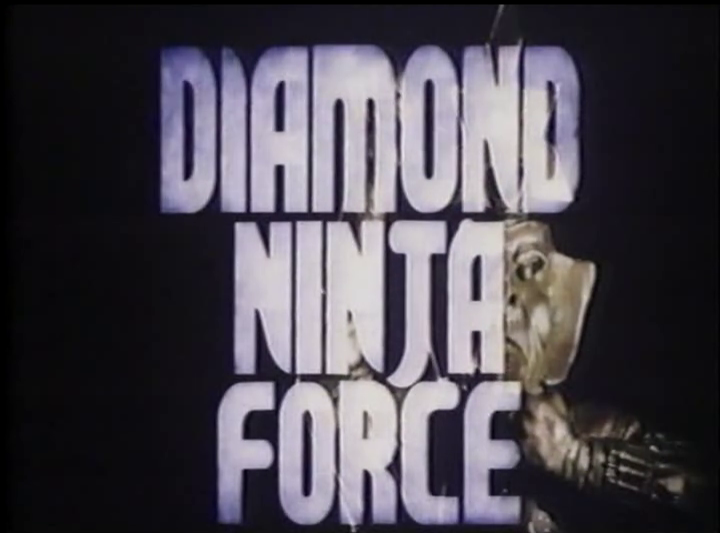
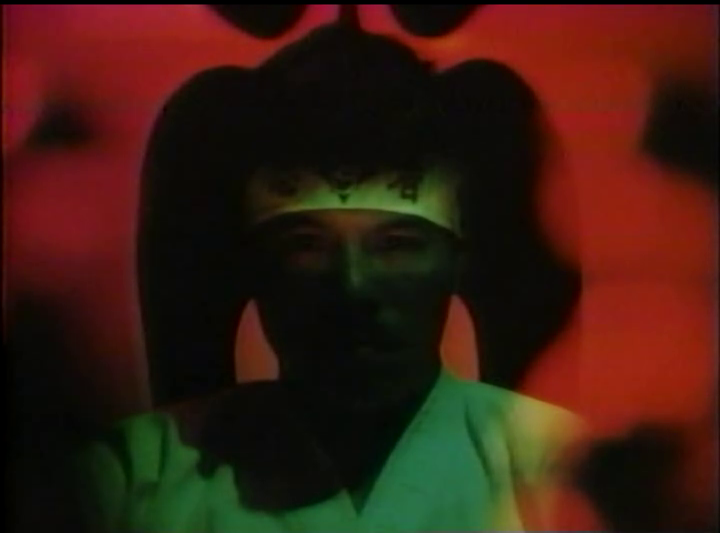


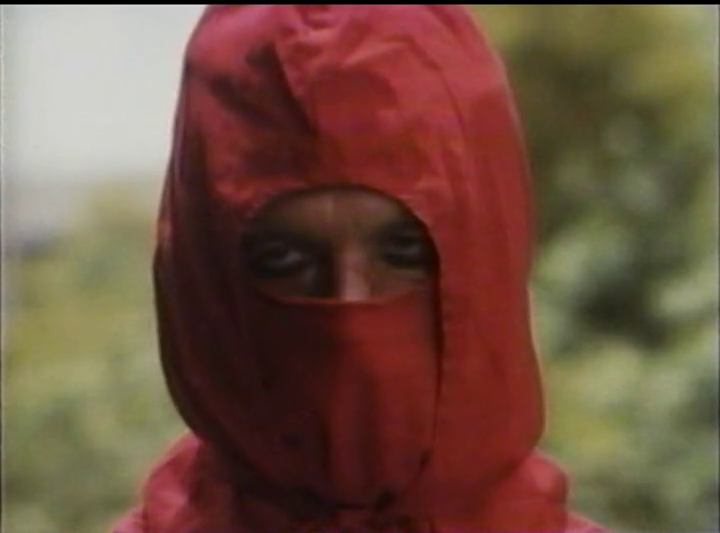
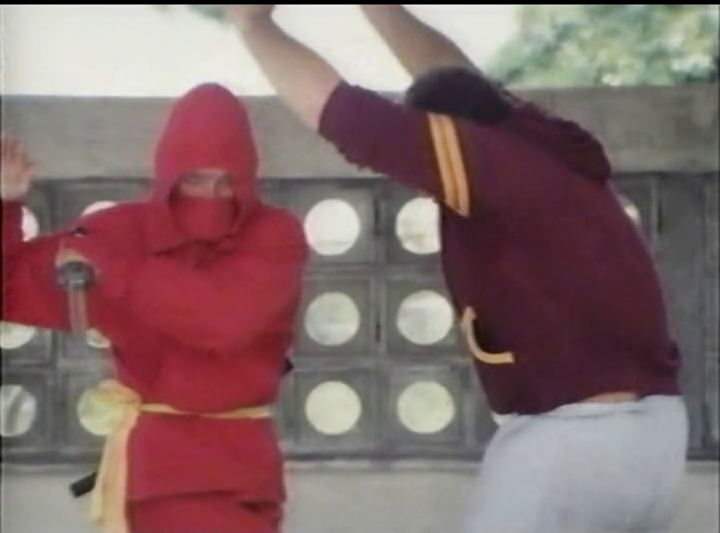

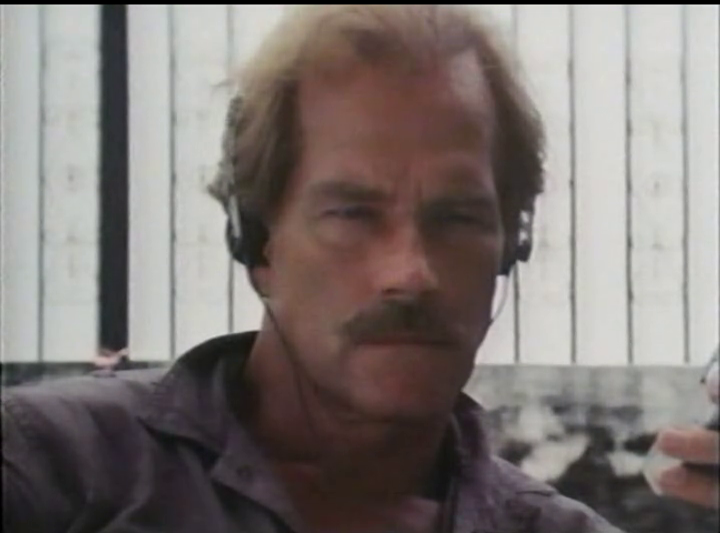

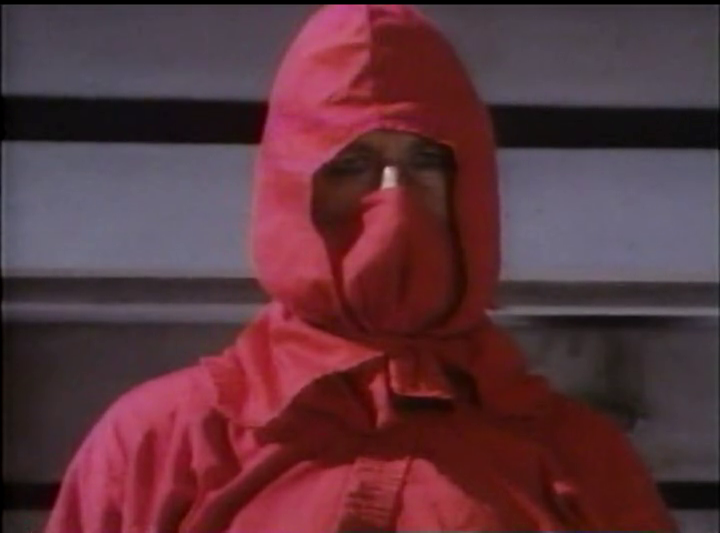
Diamond Ninja Force (1988)
Film review #577
Director: Godfrey Ho
SYNOPSIS: Construction work unearths human remains that turn out to be the burial site of the magical Black Ninja Clan. Their descendants try to blackmail the land owners to sell the land of them but they refuse, forcing the Black Ninja Clan to hire a witch to mess with them. the owners hire Gordon, a magical ninja from another clan, to defeat the Black Ninja Clan.
THOUGHTS/ANALYSIS: Diamond Ninja Force is a 1988 martial arts film. The plot revolves around Gordon, a ninja who is hired to stop the evil Black Ninja Clan from blackmailing and threatening a landowner and his family who have unearthed the burial grounds of the Black Ninja Clan following some construction work there. The clan also hire a witch to use her magic on the landowner’s family, so they call in Gordon, another ninja to stop the Black Ninja Clan. If the plot sounds all over the place, then there is good reason for that: that’s exactly what it is. The film opens up with an introduction by martial artist Shô Kosuge, who introduces the katana to viewers; he does not, however, mention the film you are about to watch in any capacity. The film itself doesn’t make much sense, in part because it is composed of bits of different films stitched together that barely relate to one another. There’s a horror film about a family being haunted by an evil spirit that forms part of the plot, and the scenes with Gordon in are clearly made after to fit around them. As a result of this mish-mash of footage, the film has no sense of pacing or structure. Some scenes last far too long, such as the awkward sex scene, and the whole sub-plot concerning a horny witch relates to nothing. In fact, the whole element of magic just makes little sense.
Gordon seems to be the least likely candidate for a ninja that you could possibly imagine: he is a middle-aged, moustached white man. What sort of Ninja clan he is supposed to be descended from I have no idea. Richard Harrison, who plays Gordon, also played a ninja in a previous Godfrey Ho film: Ninja Terminator, but this is not a sequel to that film, as the character he played in that film was named Harry. however, he had the same wife, ninja powers, and even the same Garfield-shaped phone he would use, which just makes things even more confusing. The rest of the characters don’t really make much of an impact: their voices are dubbed over the footage from other films so there’s very little holding everything together. While there is clearly a bit of choreography done in the fight scenes, it offers nothing exciting or special; just some backflipping to dodge some bullets which seems wholly inefficient. Overall, Diamond Ninja Force is a mess, but an expected mess typical of Ho’s work. The lack of any kind of pacing, reason or coherence in this film makes it tough to get through, and while there’s a few points that are pretty funny because of how bad or out of place they are (such as the Garfield phone), on the whole it just fails to be entertaining. Maybe worth a watch just to see how absurd it is.
-
#576 – Eagle Island (1986)

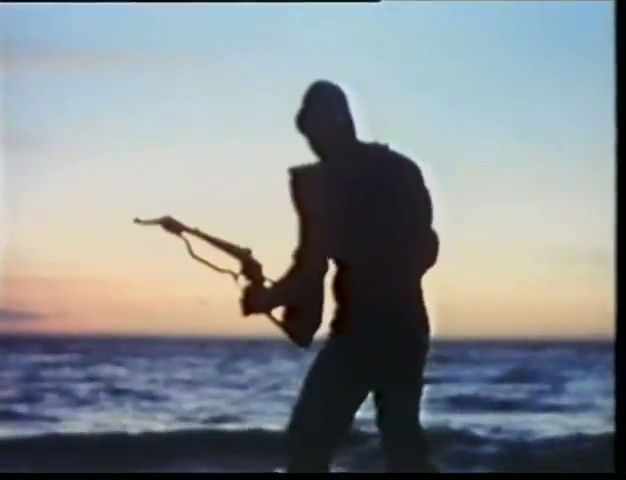
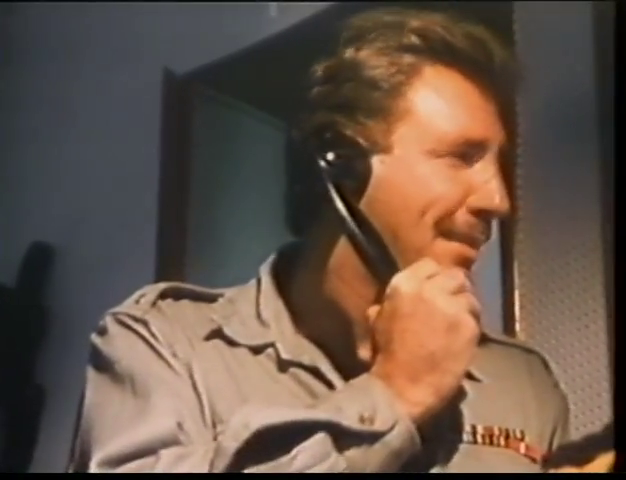


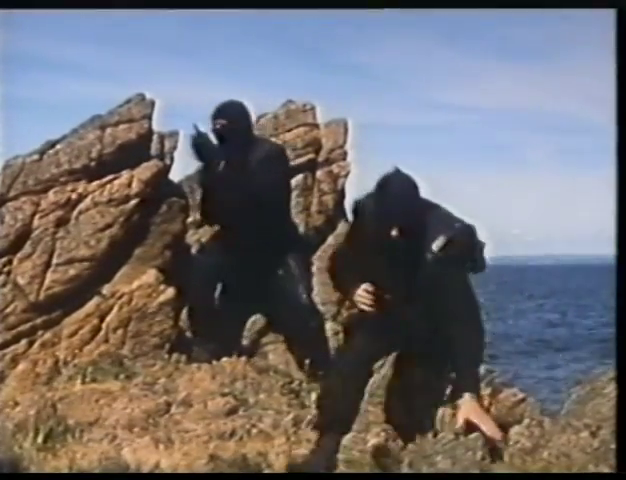
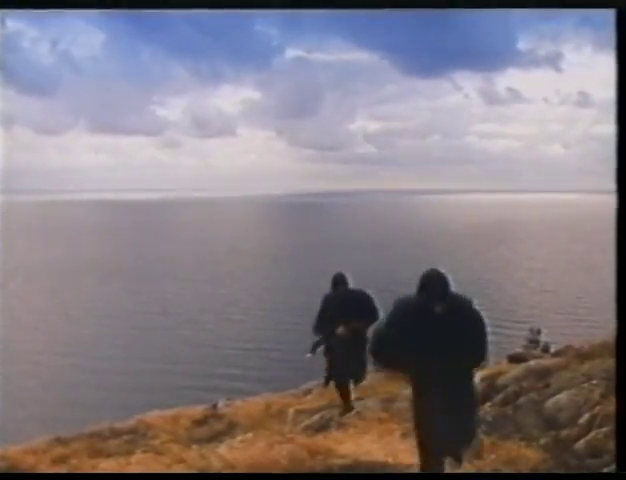
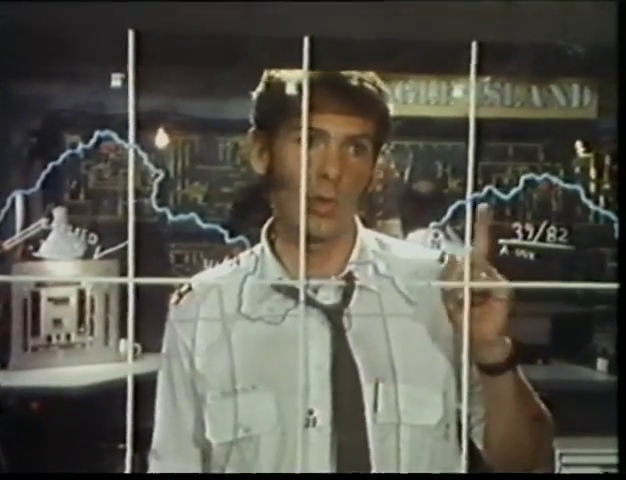
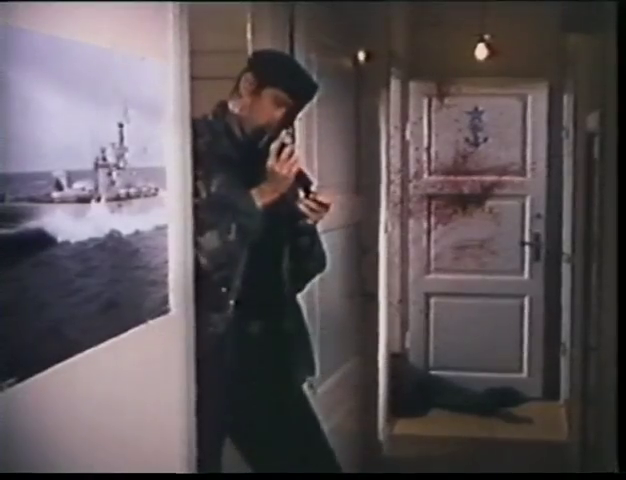

Eagle Island (1986)
Film review #576
Director: Mats Helge
SYNOPSIS: A military installation in Sweden comes under attack by Russian special forces ninjas. The soldiers on the island attempt to fend them off from obtaining a secret code.
THOUGHTS/ANALYSIS: Eagle Island is a 1986 action film. Set on Eagle Island (unsurprisingly) somewhere near Sweden, a military installation comes under attack from a group of Russian special forces who might also be ninjas, looking for a secret code, and the inhabitants must fend off the attackers. There’s not much else to say about the story: it is both completely devoid of any substance, and overly convoluted with additional characters that serve no purpose. The main thread of the story (apart from the Russian ninjas) is a guard on the island who has to escort a woman trespassing on the island to take photos of the eagles that give the island its name back to the mainland. The two inexplicably fall in love and get together, and when they learn about the Russian ninjas, they decide to go back to the island to stop them or something. It sounds like a premise which might be interesting, but there is so little that actually happens in the film you’ll be horrendously bored and disappointed that the film doesn’t match the premise.
Probably the most disappointing aspect is that the “ninjas” aren’t really ninjas at all, and just use weapons. Obviously the film wanted to capitalise on the ninja trend, but without wanting to do the choreography and stunts for it. The action is just the occasional gunfight, and as mentioned the story is all over the place and fails to establish any of the characters in any real depth. The most notable aspect of the film and it’s only real saving point is the soundtrack: it is the most eighties soundtrack you can ever imagine, and the synths and beat goes hard. It’s actually not a bad soundtrack either, but it is wholly misplaced in this film, and just adds to the sense of confusion experienced while watching. Overall, Eagle Island is a mess that is devoid of any real story, its characters have no personality or development, and the soundtrack is just so out of place it’s difficult to comprehend it. You don’t need to let you curiosity get the better of you with this one: there’s really nothing of value here.
-
#575 – R.I.P.D. 2: Rise of the Damned (2022)
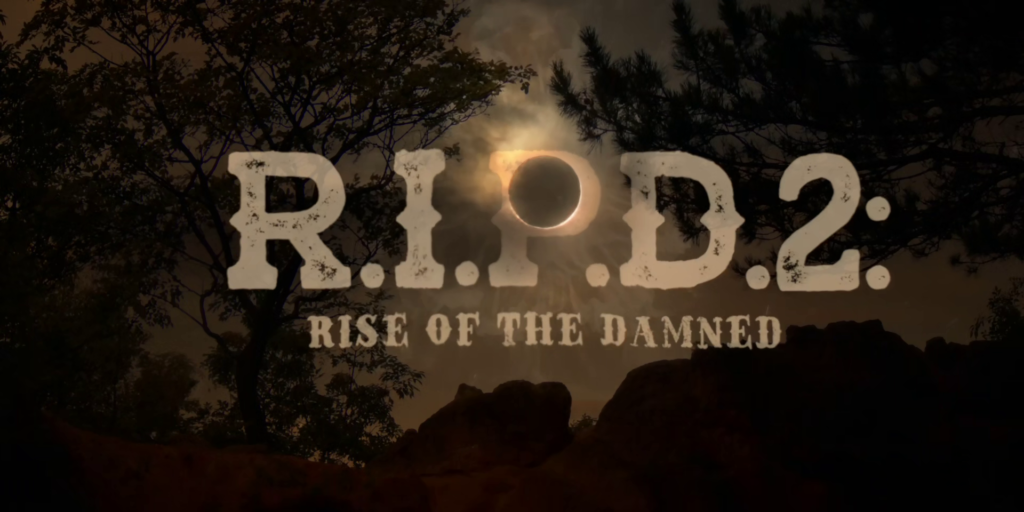
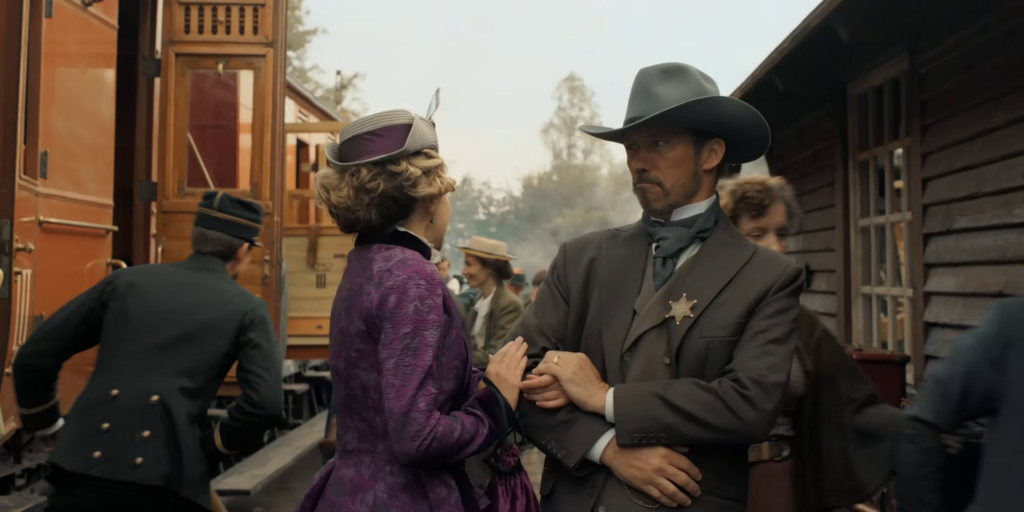
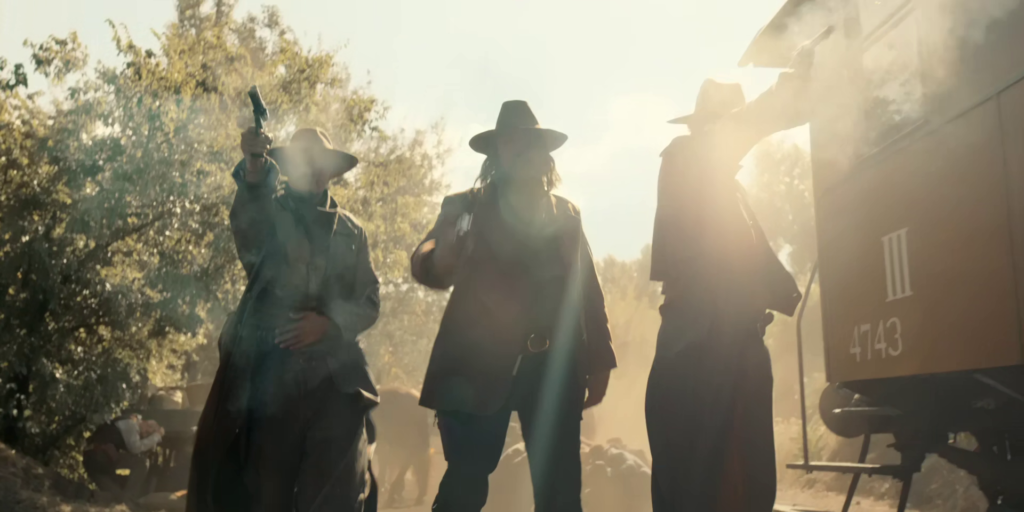


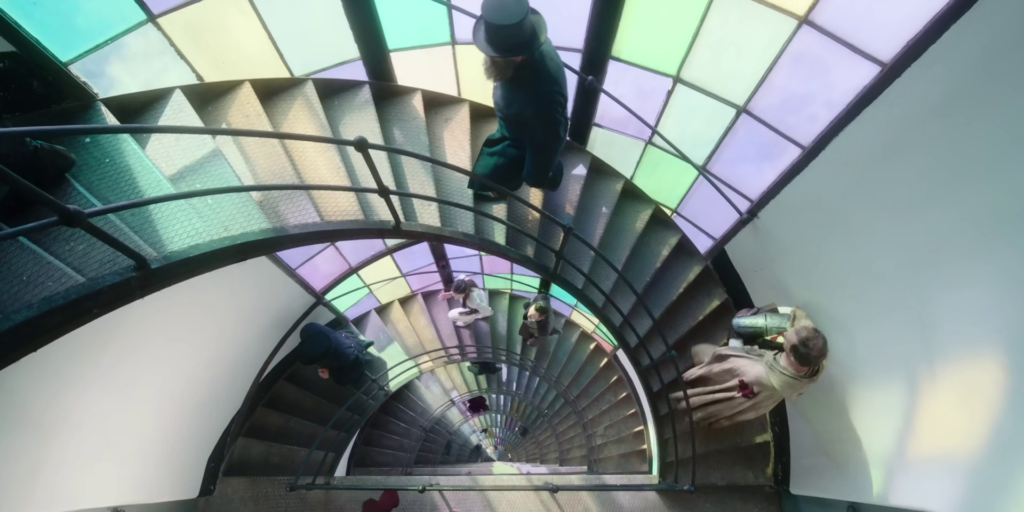
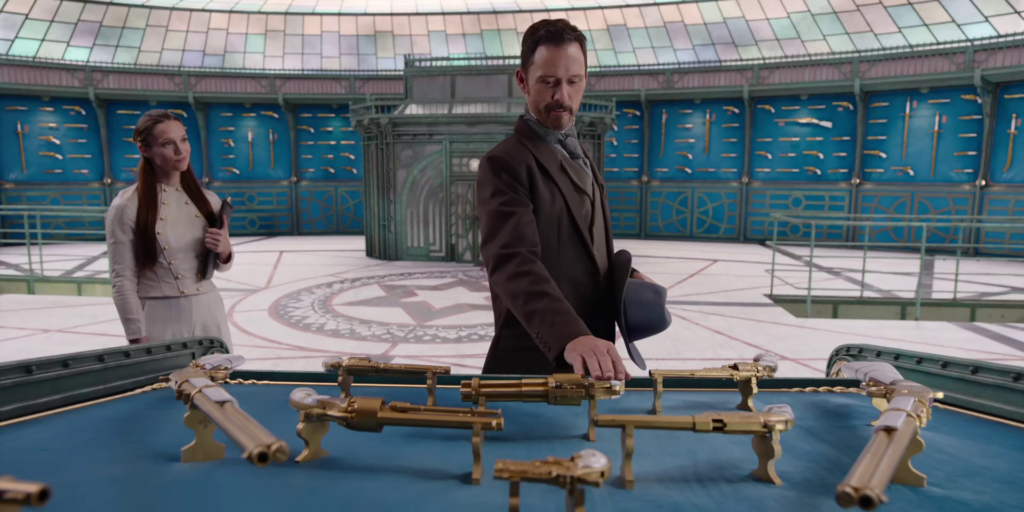
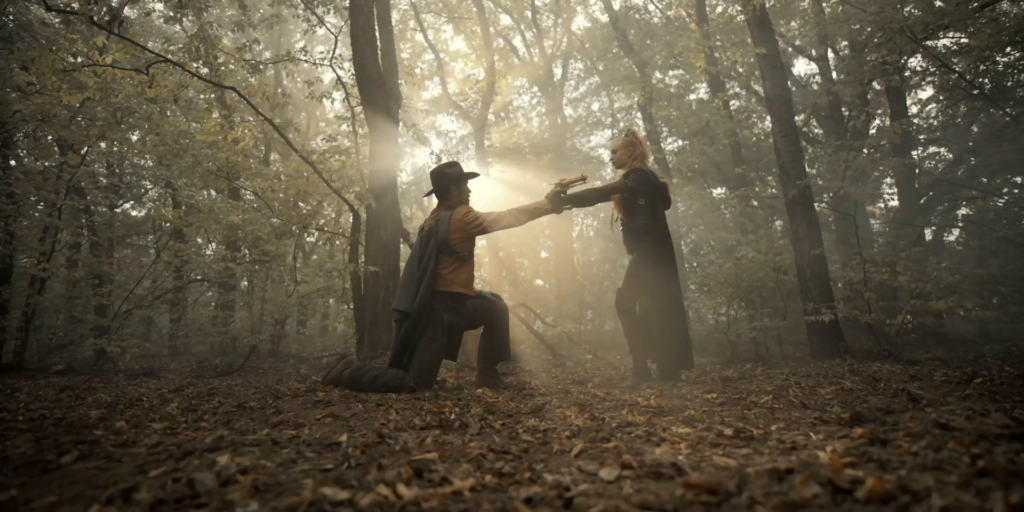
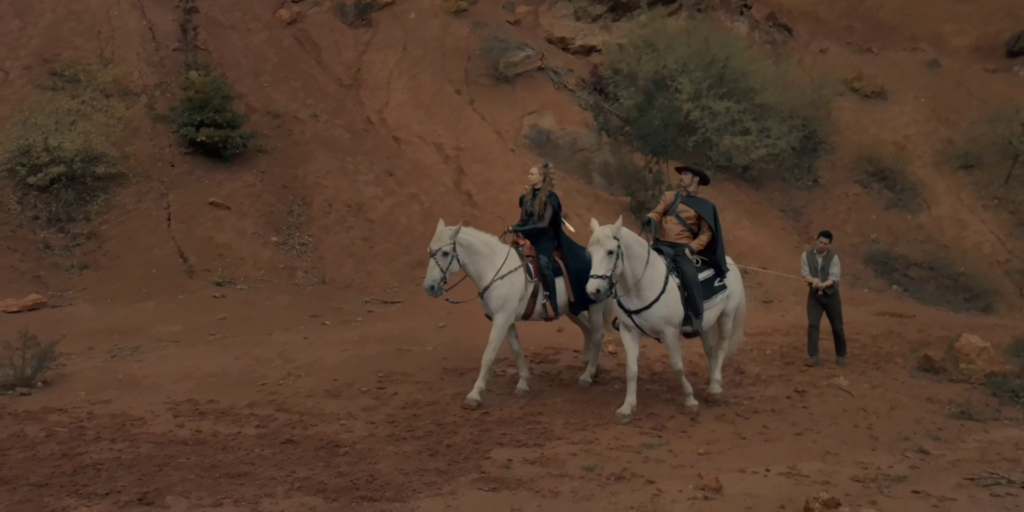

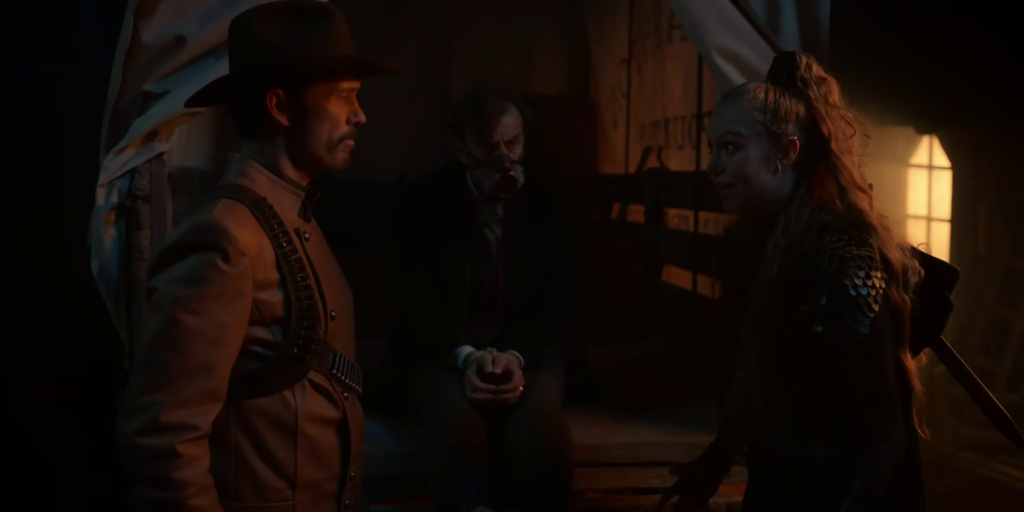
R.I.P.D. 2: Rise of the Damned (2022)
Film review #575
Director: Paul Leyden
SYNOPSIS: Sherriff in the Old West Roeciphus Pulsipher is gunned down and killed in a shootout with some outlaws. Before he can proceed to the after life, he is recruited by the Rest in Peace Department (R.I.P.D.) to hunt down souls that have not departed from the Earth. “Roy” is partnered with veteran officer Jeanne to investigate a disturbance that could put the whole of humanity at risk…
THOUGHTS/ANALYSIS: R.I.P.D. 2: Rise of the Damned is a 2022 film. Despite what the name implies, the film is not a sequel, but a prequel to the 2013 film R.I.P.D., in which we see the story of how veteran officer Roeciphus “Roy” Pulsipher joined the department. The film is set in the Old West, where Roy is killed in a shootout with a local outlaw gang. He is recruited by the Rest in Police Department (R.I.P.D.) to deal with souls called “Deados” who have remained on Earth after death and must be sent to the afterlife. Roy is teamed up with another officer, Jeanne, to investigate an increase in strange activity. If you watched the first film, you’ll know exactly what to expect from this film, because it is basically the same plot: rookie and veteran partner up to stop the souls of the dead from returning to Earth. However, unlike the first film, which was still entertaining by just rushing through the film and relying on constant action and strong character performances, R.I.P.D. 2 doesn’t even have that, and the film stumbles along without any real energy or appeal. It doesn’t expand on the world or the lore in any way, it doesn’t reveal anything new about the characters, it’s just a completely recycled product with all the good stuff thrown out.
The only returning character from the first film is Roy, who was played by Jeff Bridges in the original, is played here by Jeffrey Donovan (obviously Bridges would have been a bit too pricey for this low-budget prequel). While I see a lot of praise for Donovan’s performance, I just didn’t see it. In his defence, it might just be the awful script and writing that is giving him stunted dialogue and interactions, which is certainly feasible, as the characters interact rather clumsily. Jeanne ‘s characters is very much a typical “veteran cop,” and the French accent gives it away that she is meant to be Joan of Arc fairly early, although the film “reveals” it a lot later (although I’m not sure if it is meant to be obvious, because the writing doesn’t indicate it). Despite her being a famous historical figure, it doesn’t fails to add anything to the film or her character. Following the lore of the film, Roy and Joan look completely different to living people so they can’t be recognised, and are given the appearance of two black women. This does present an opportunity for the film to address the racism and status of black people in the Old West, but the film chooses to play it safe and does the bare minimum with it. If they’re not going to address the topic, they might as well just not bothered having it as a plot point at all.
Every establishing shot in the film gives away that everything is a set devoid of substance beyond the camera. The effects are plain, and nothing stands out to make things interesting. The ending wraps things up in a roundabout way and addresses issues that I didn’t realise were an issue (who actually shot Roy or something). Overall, you’re not going to get anything out of this film that the original, and is far inferior in every way. Everything about the film feels cheap and uninspired, and the things that made the original entertaining are absent. Releasing ten years after the original as well means that the opportunity to ride the hype of its predecessor is long gone, leaving it alone and essentially dead on arrival.

